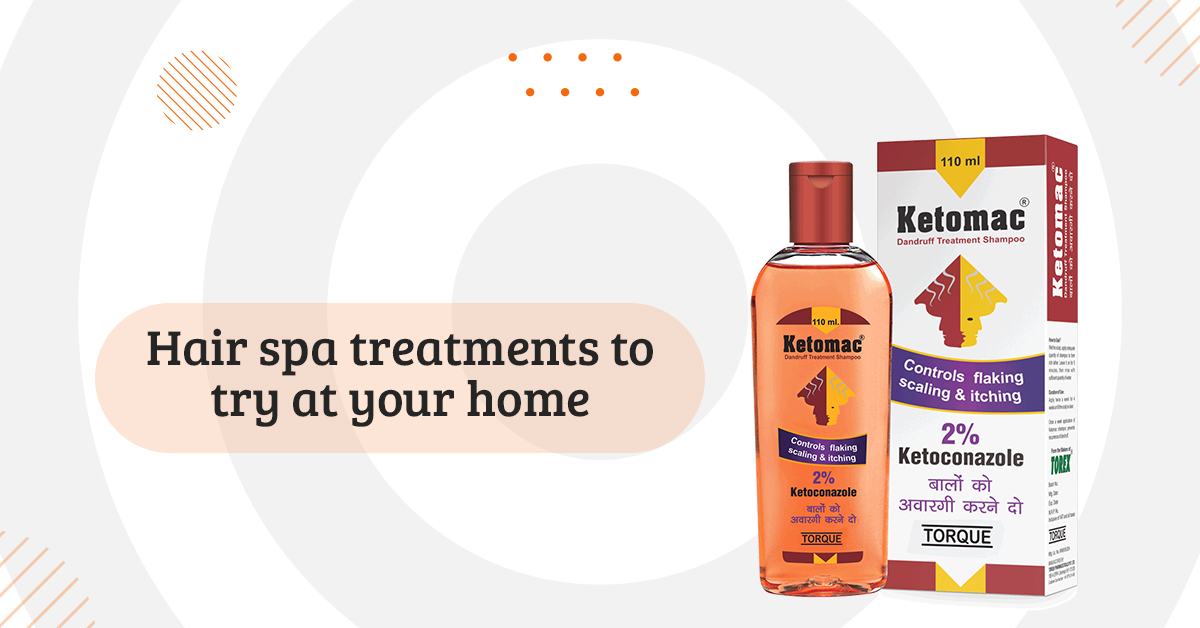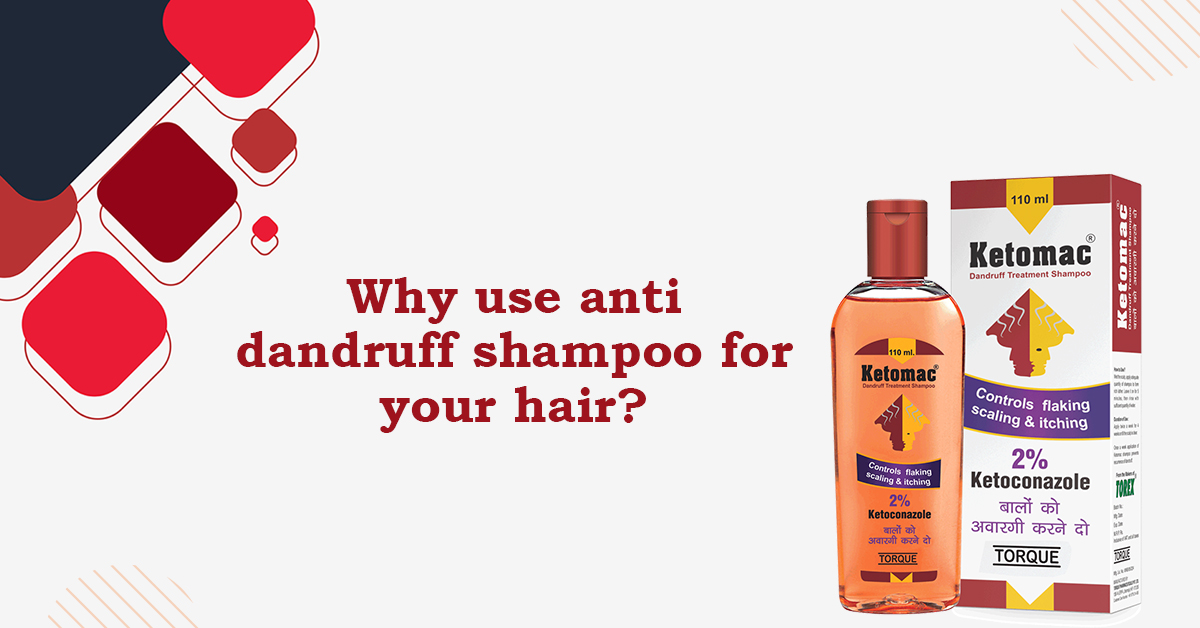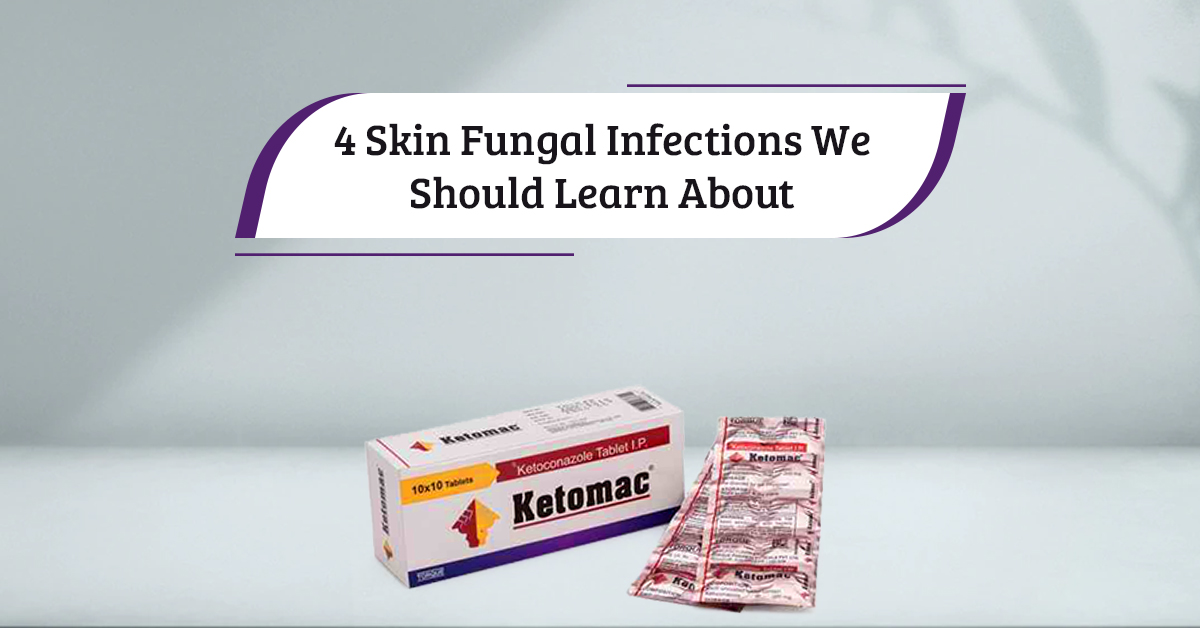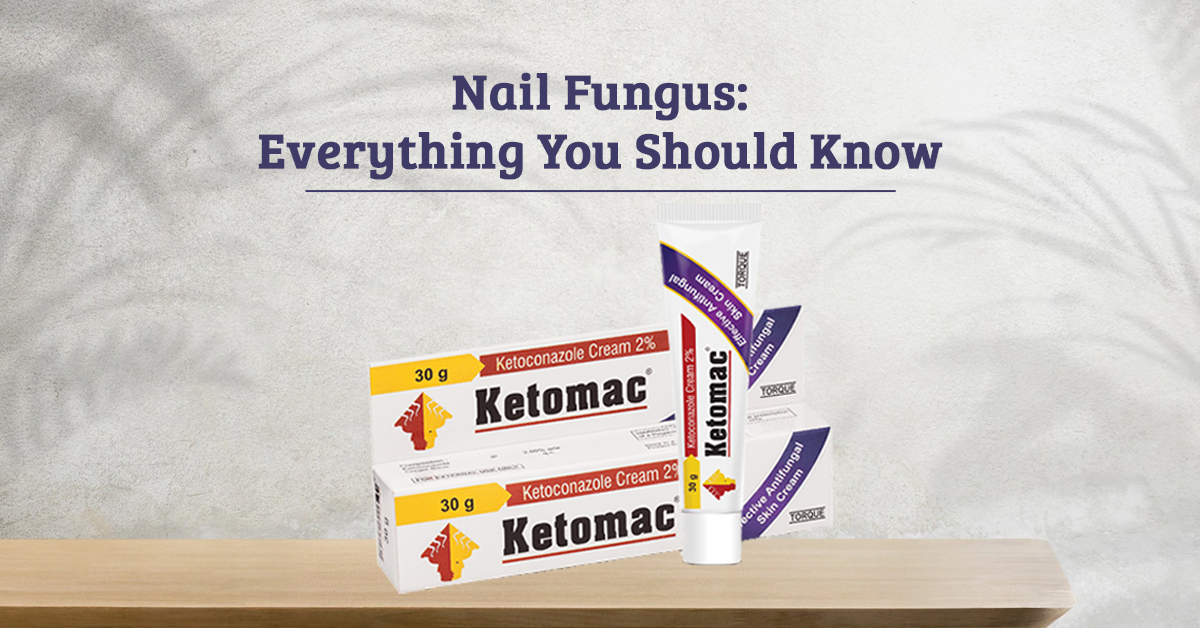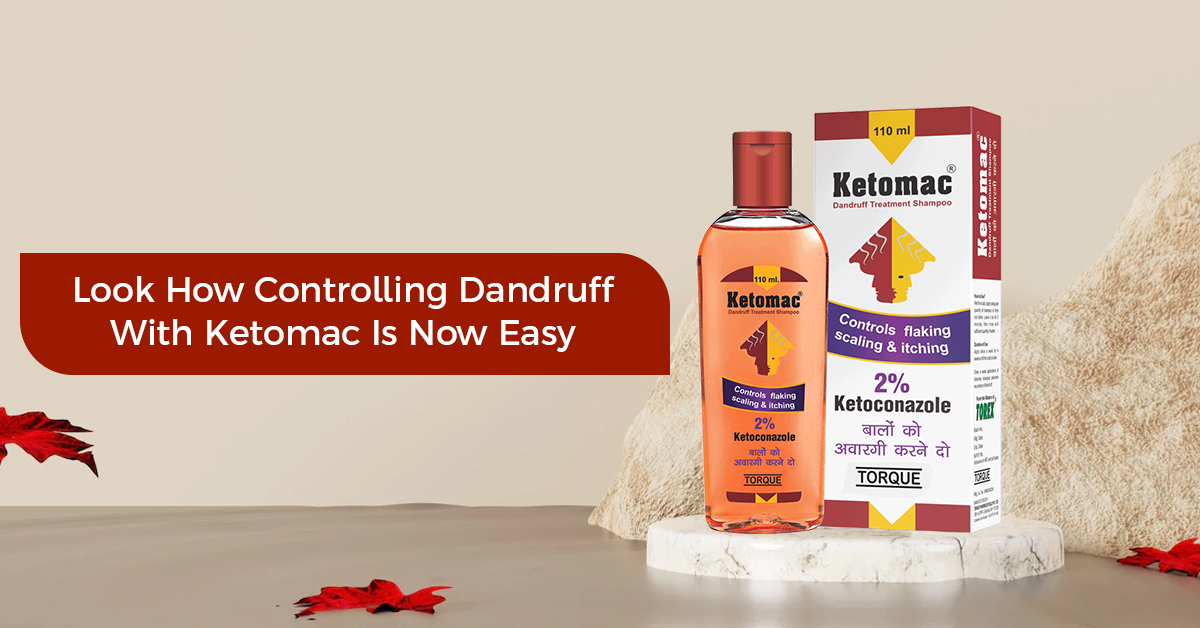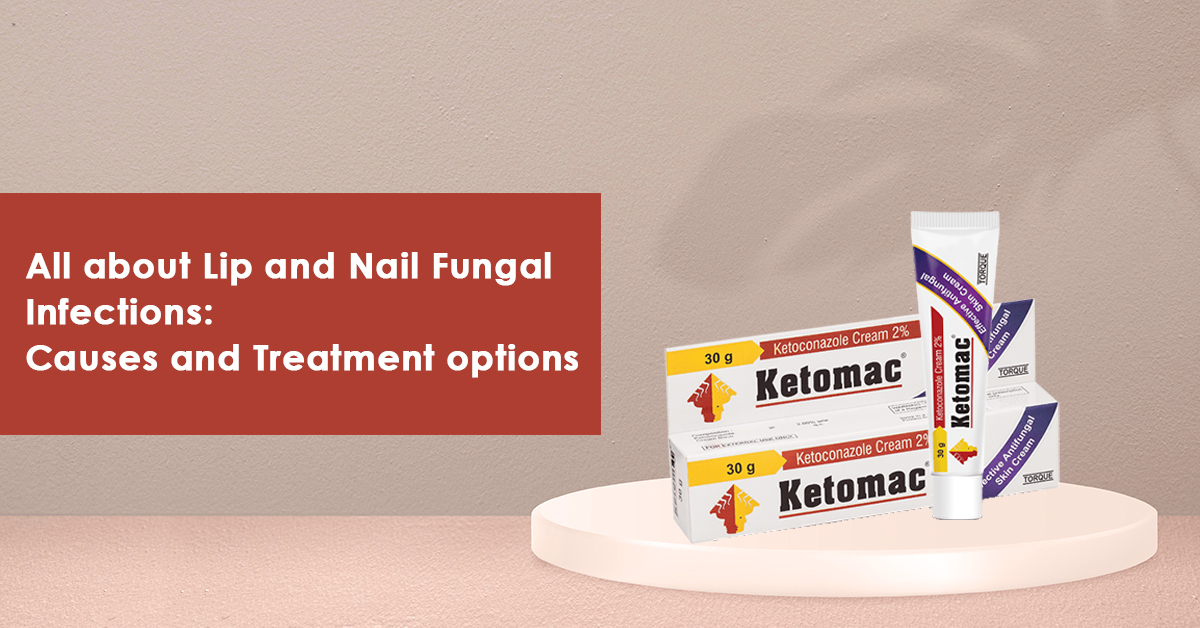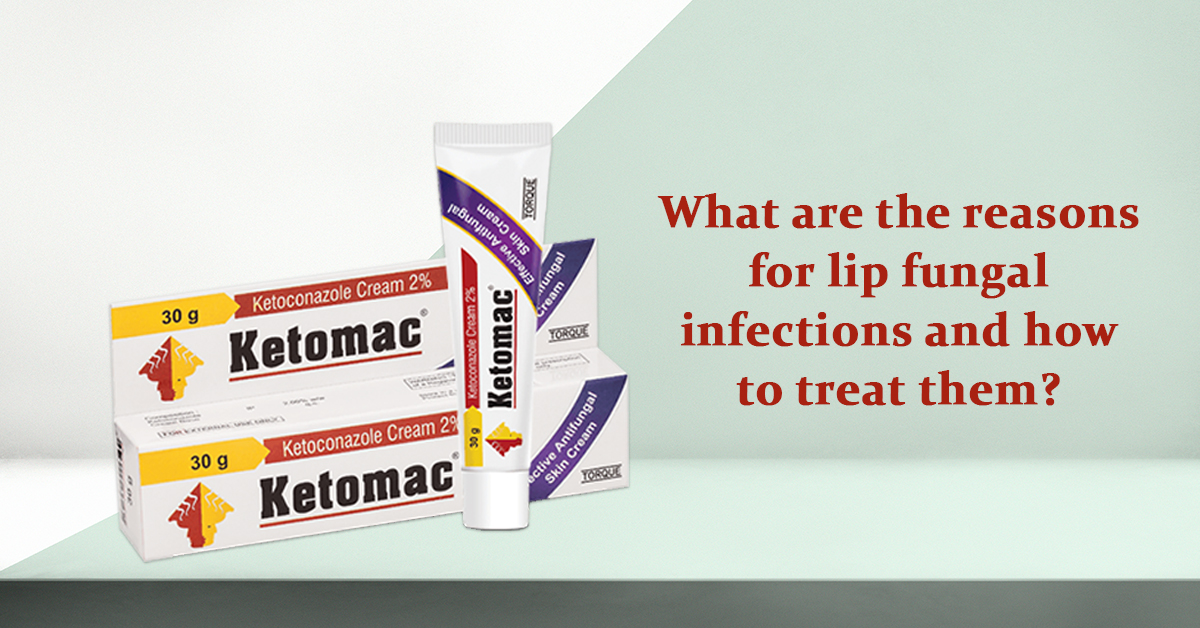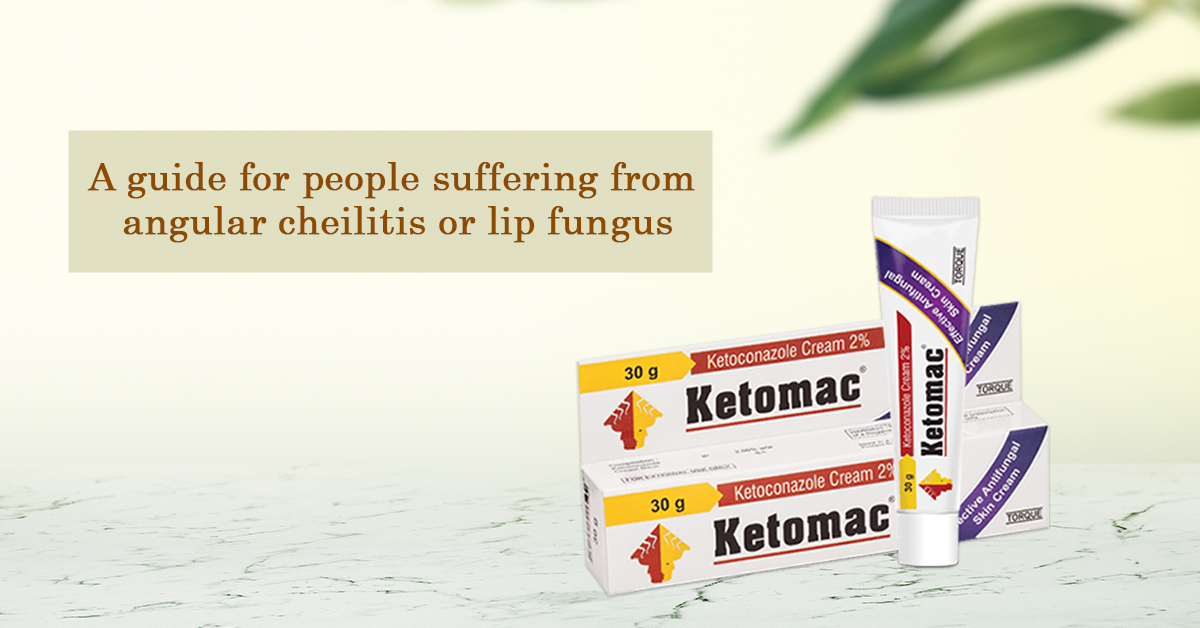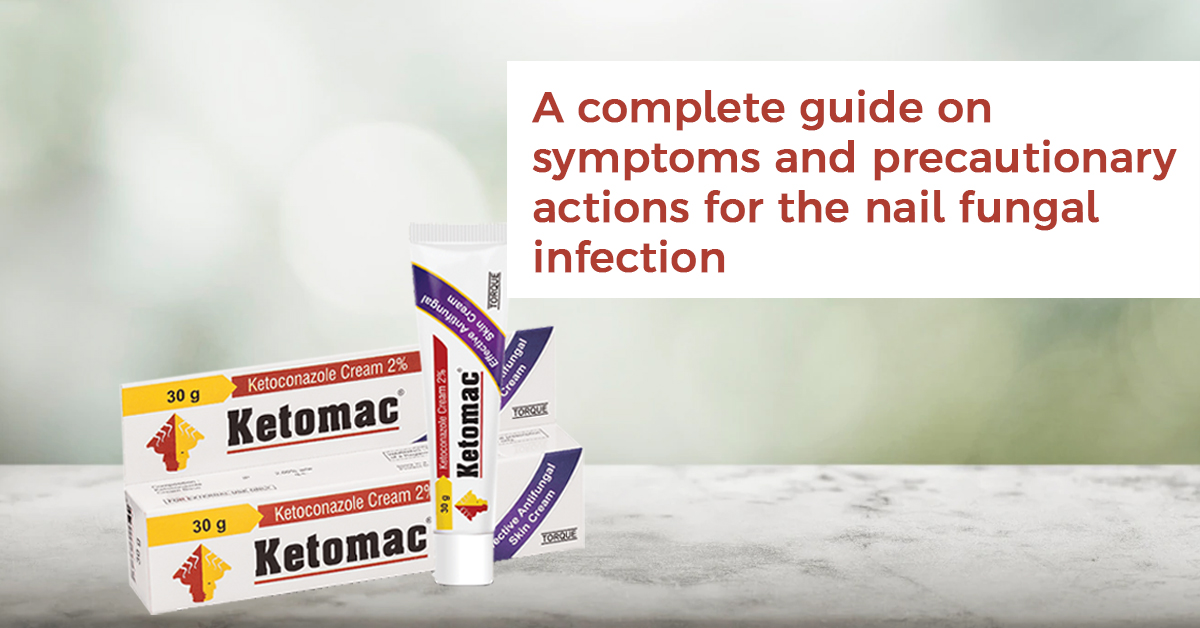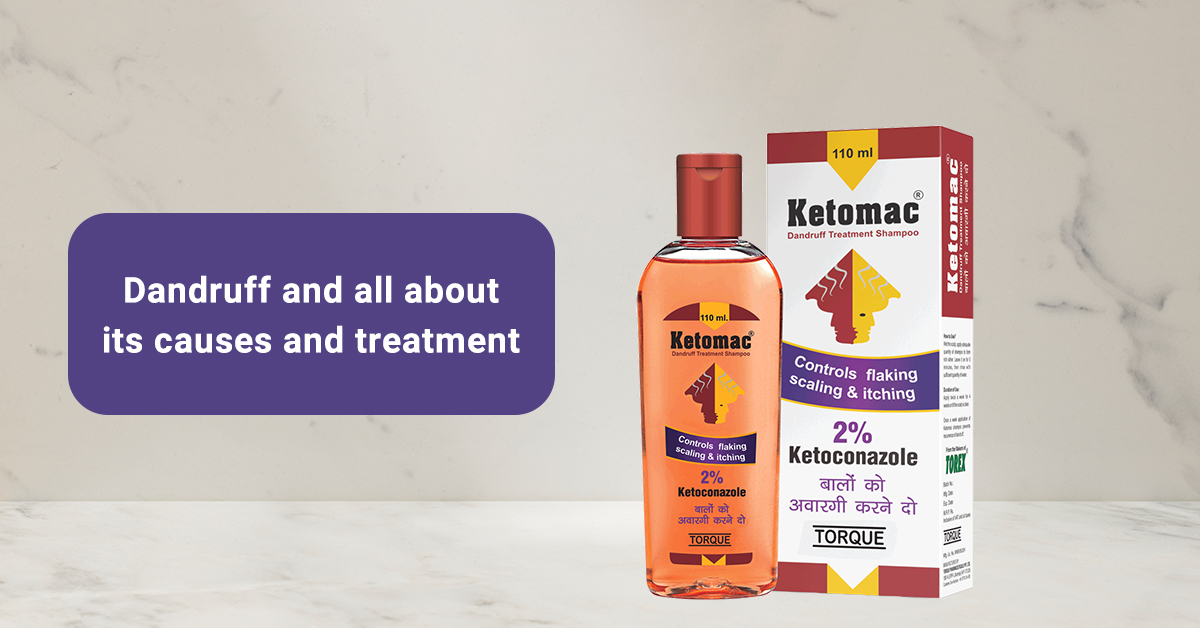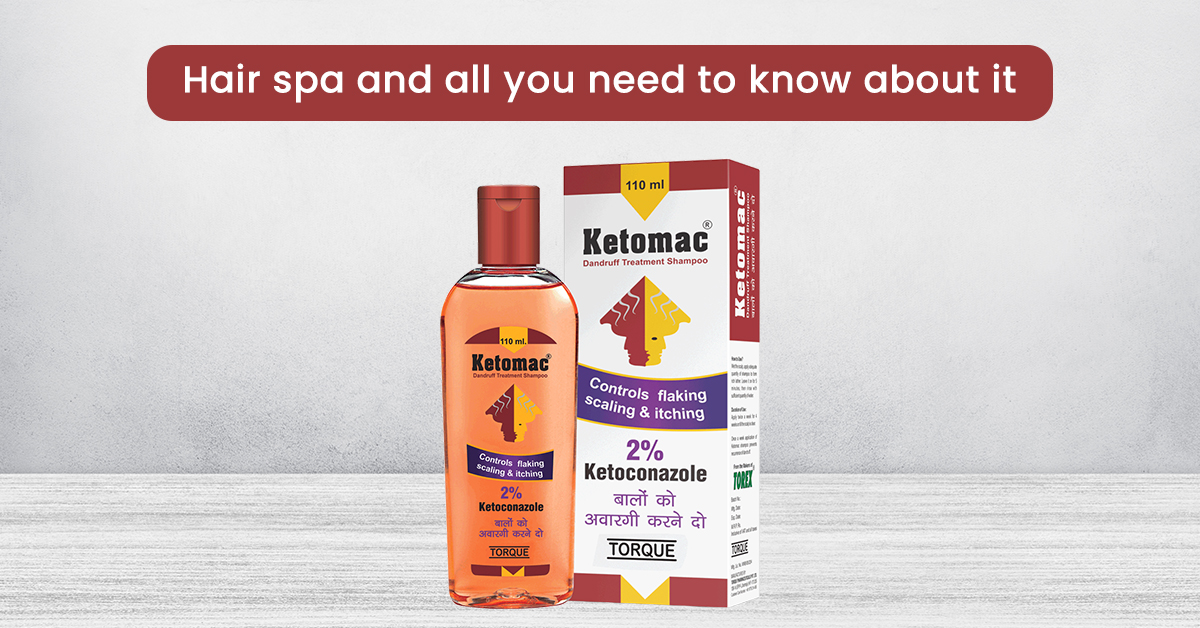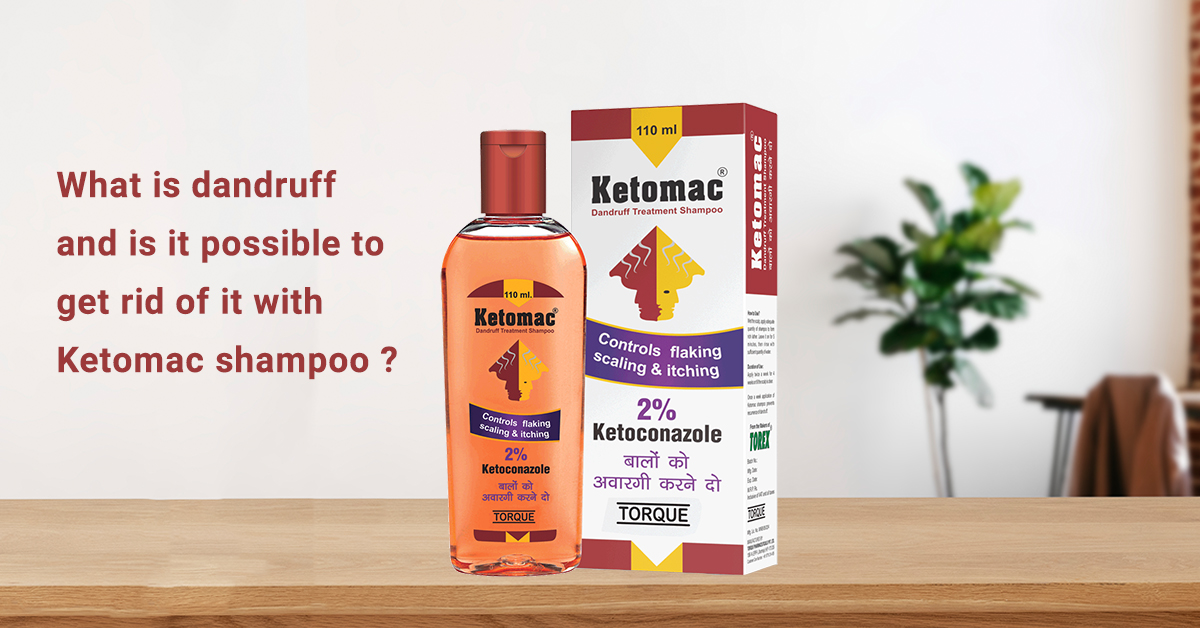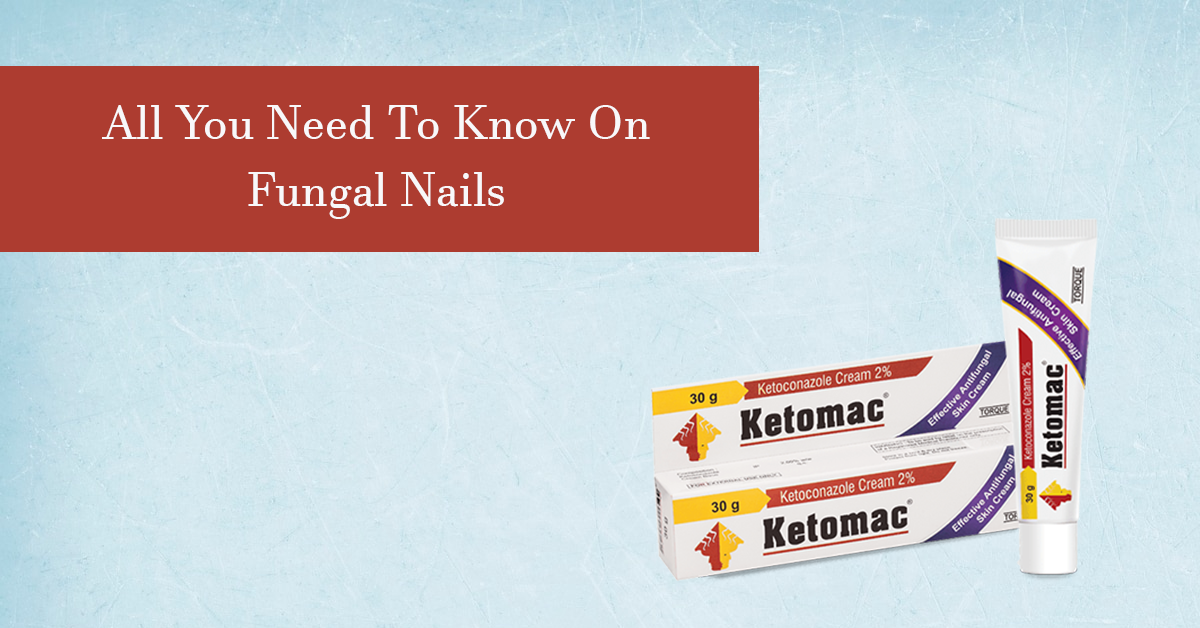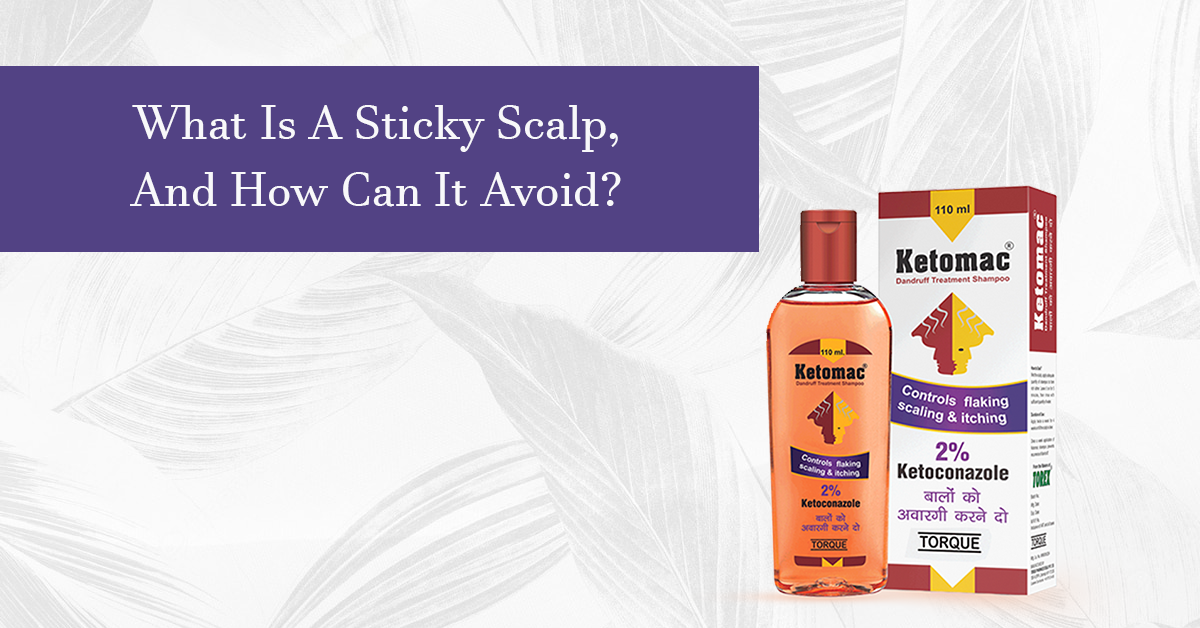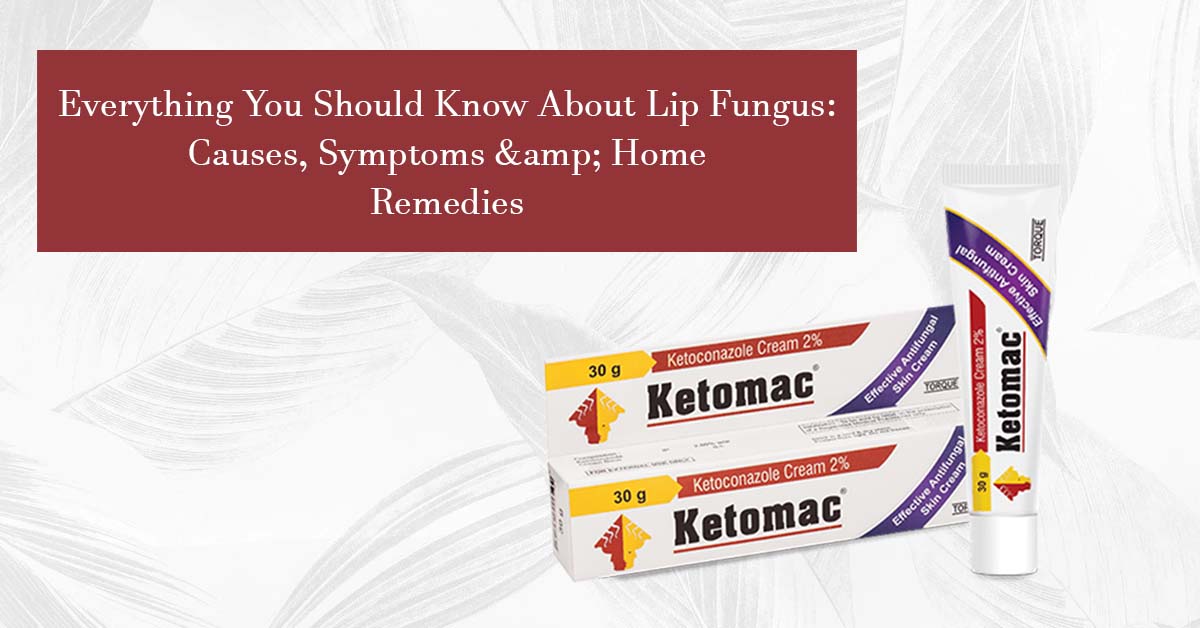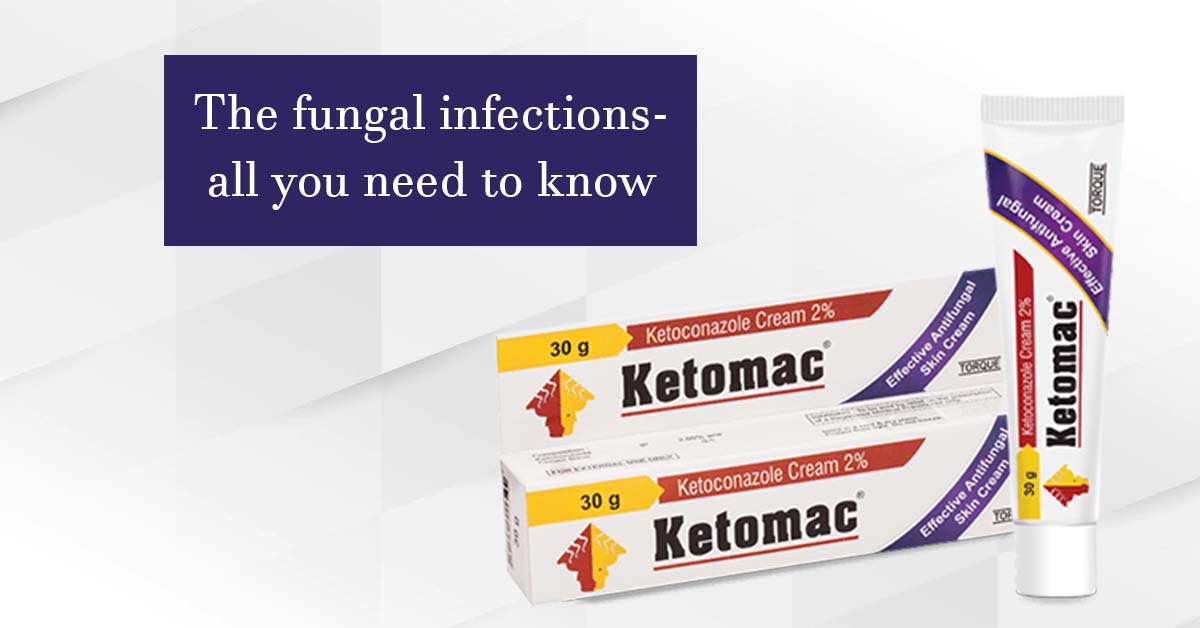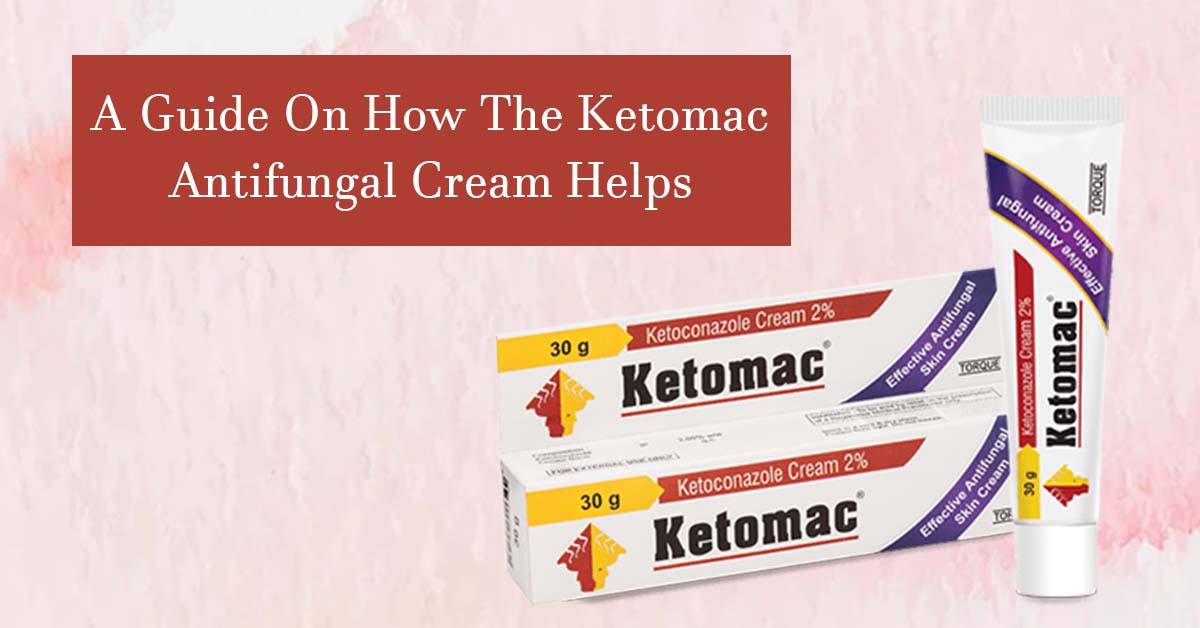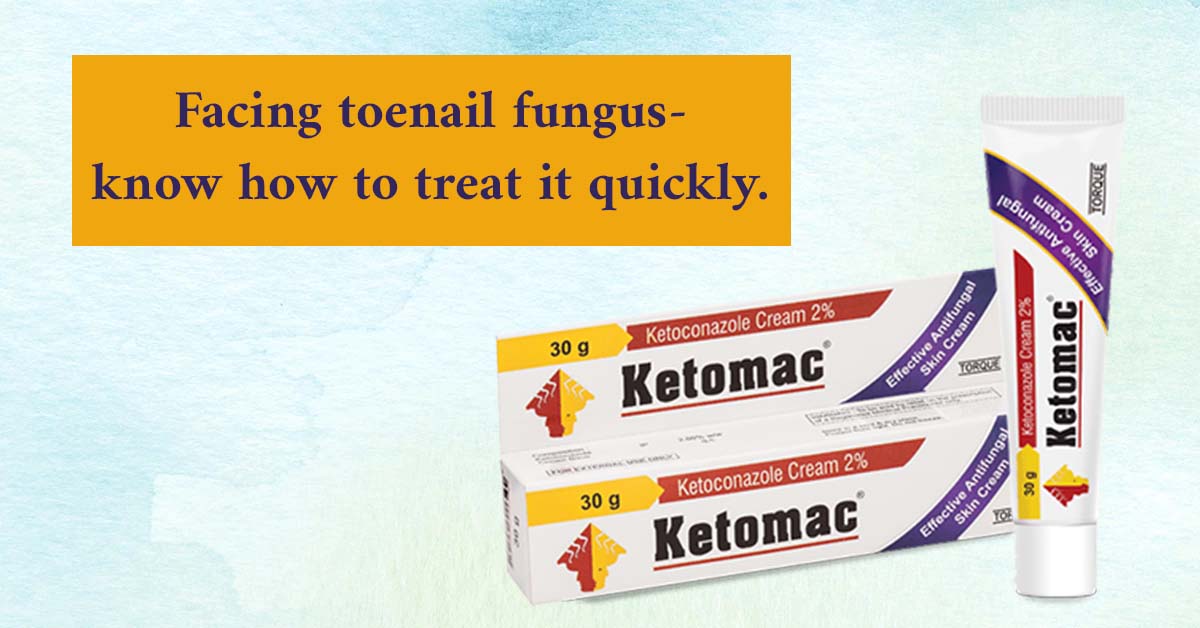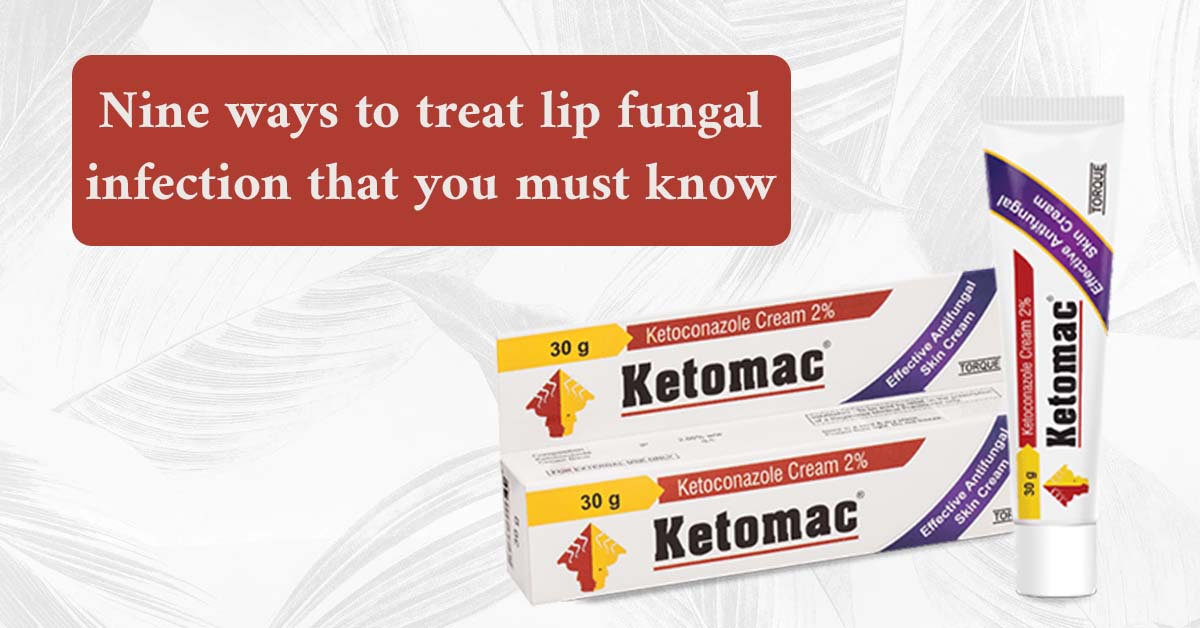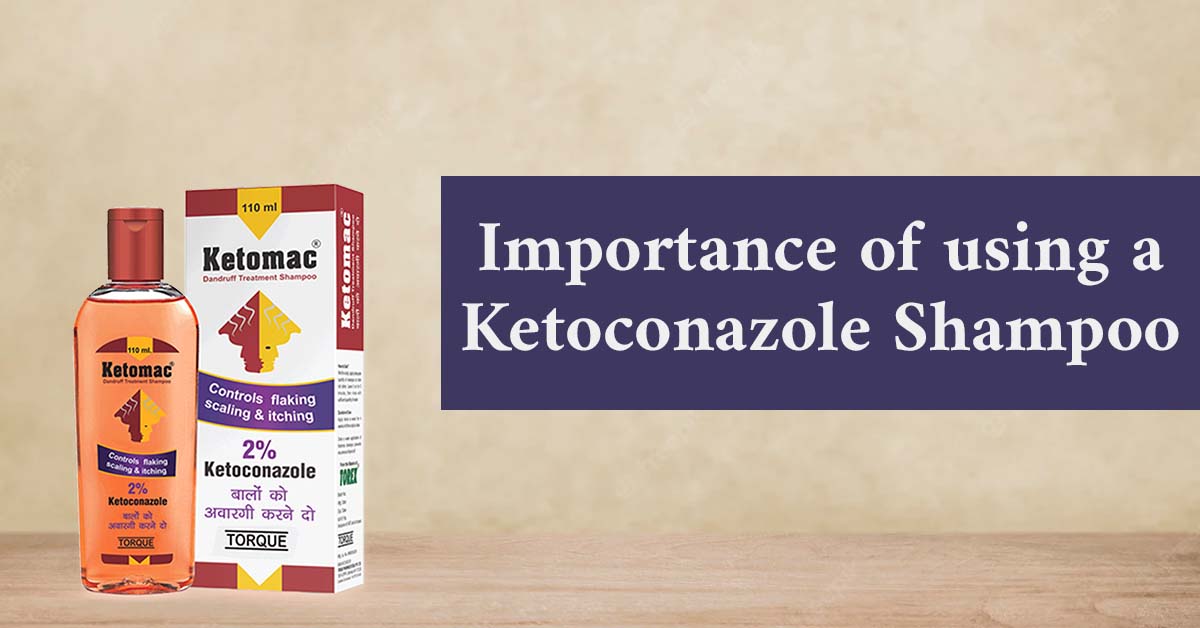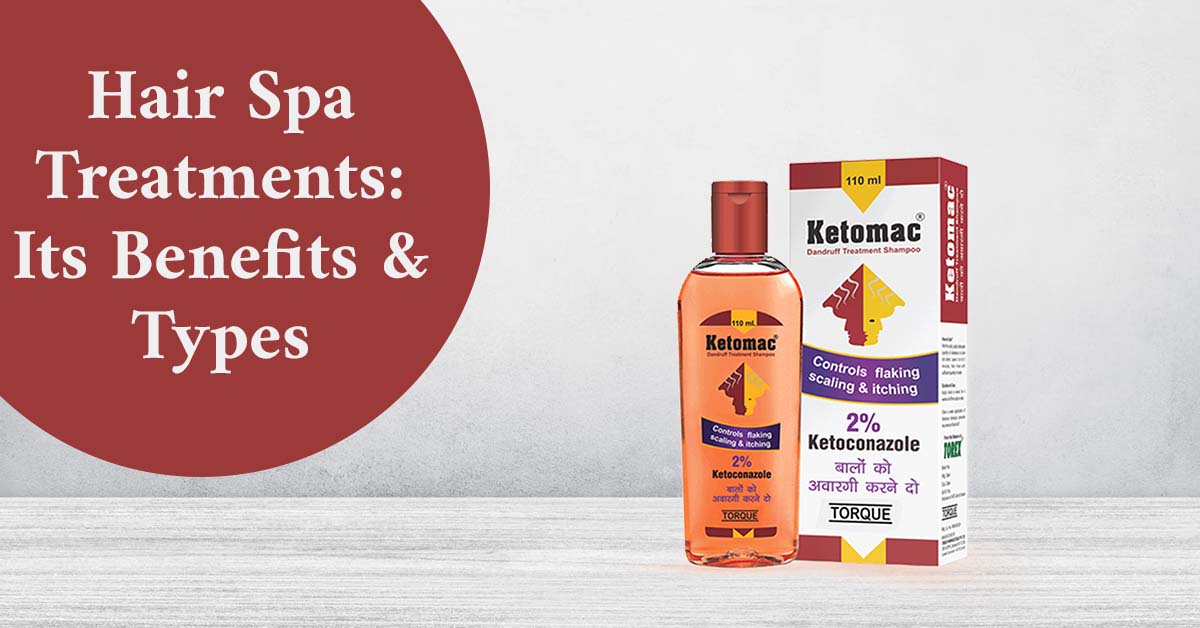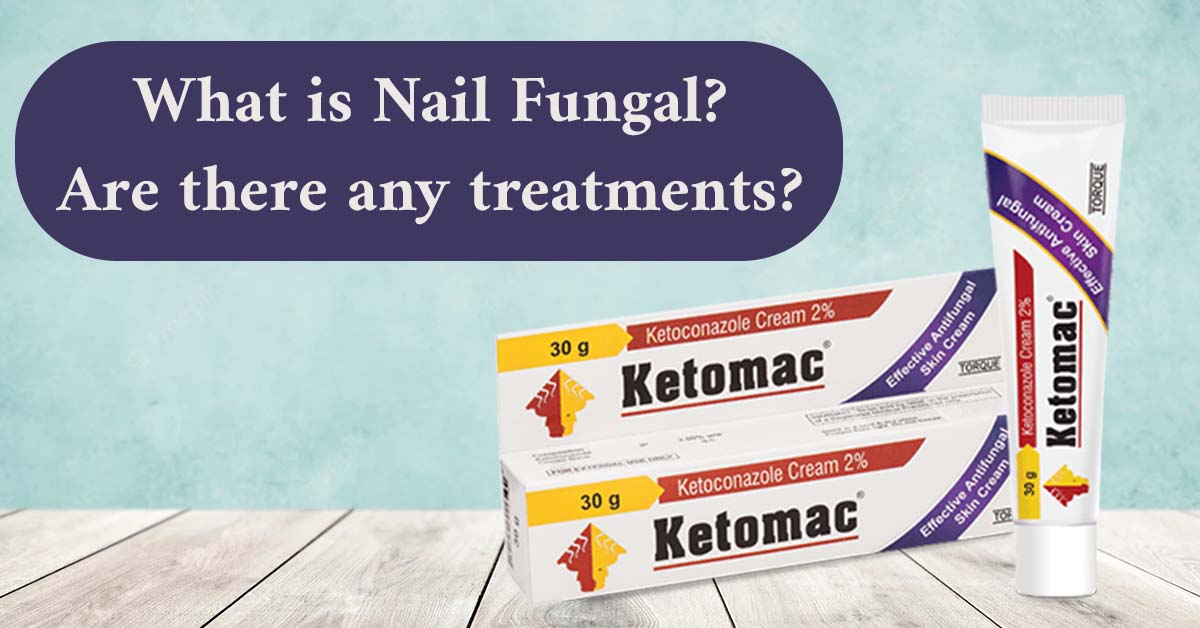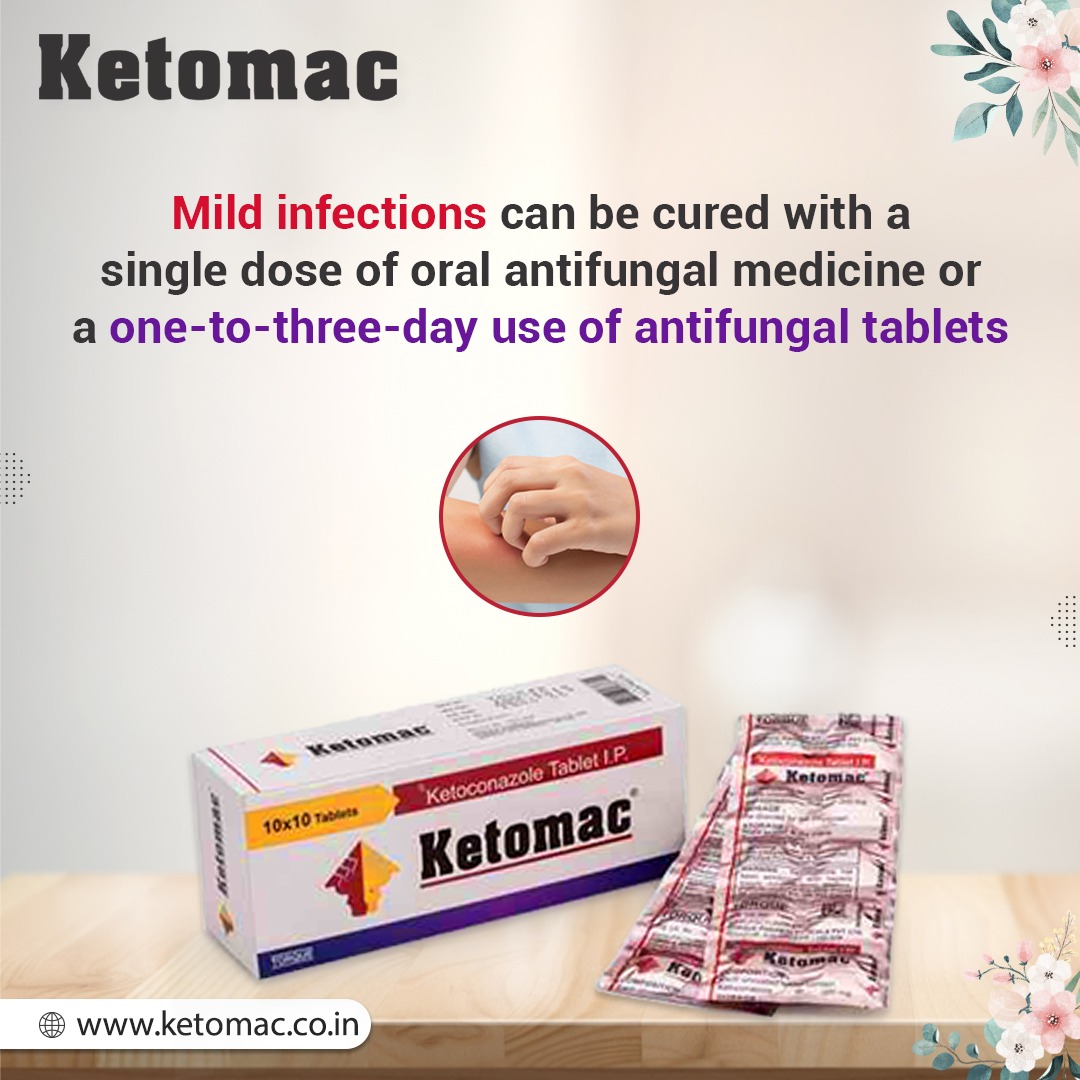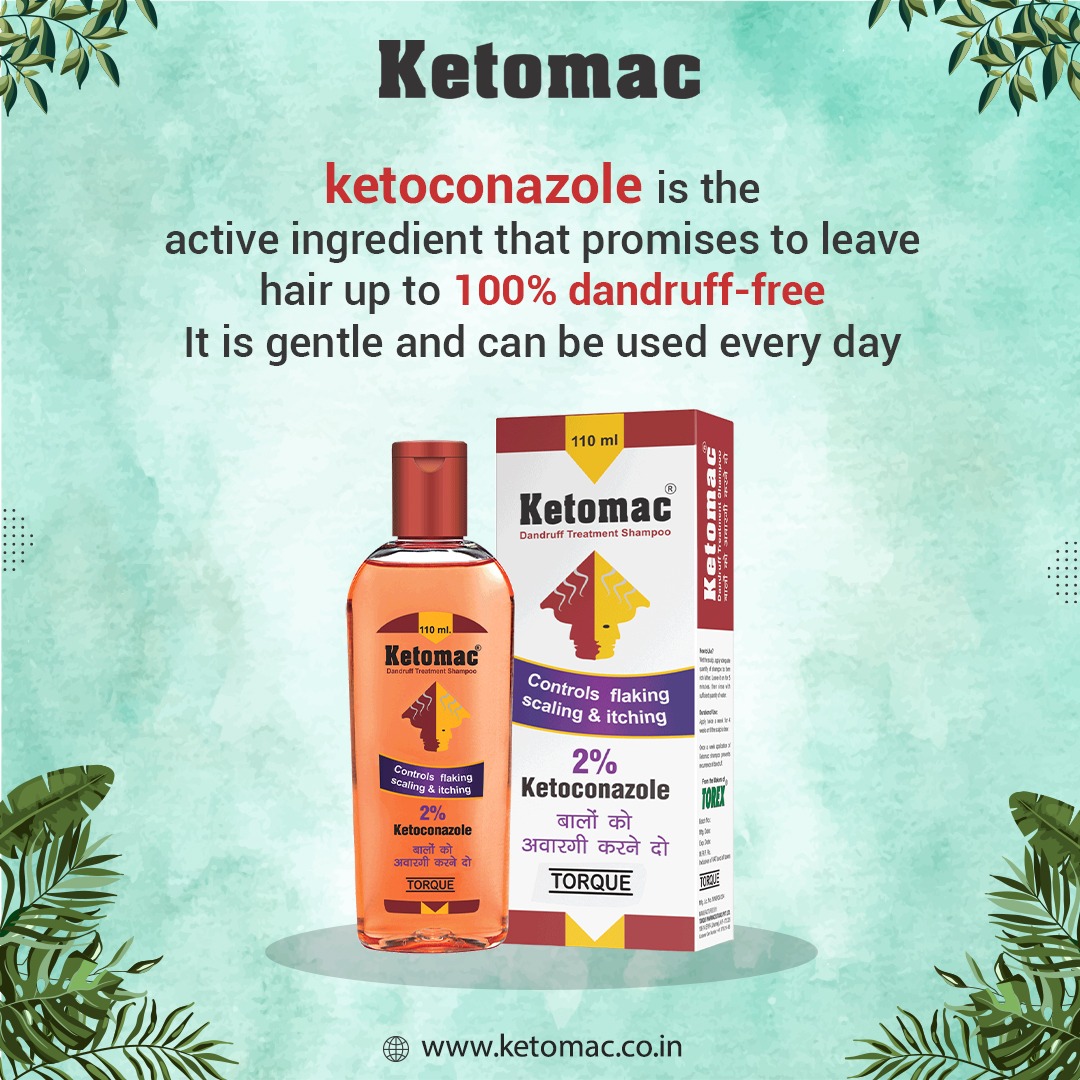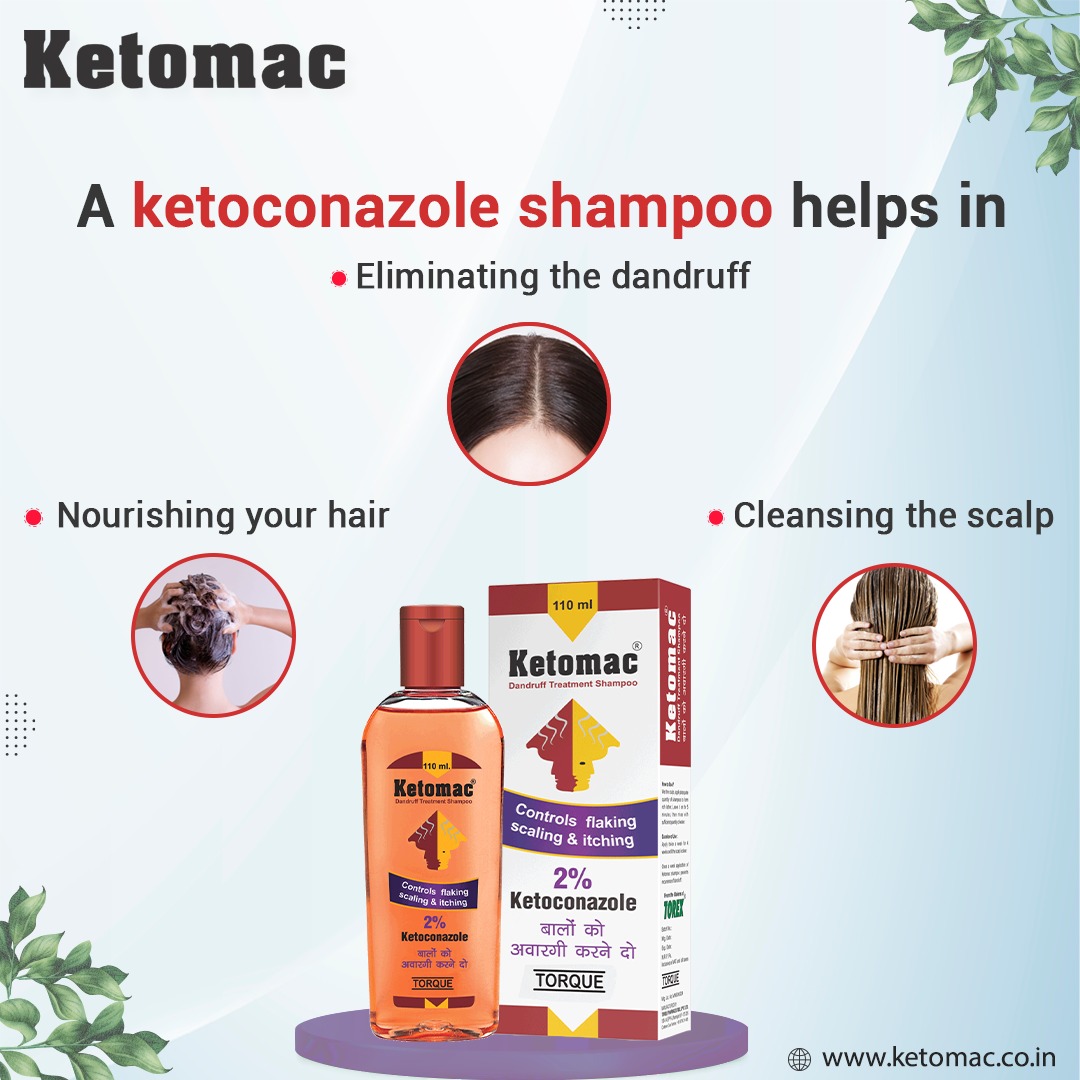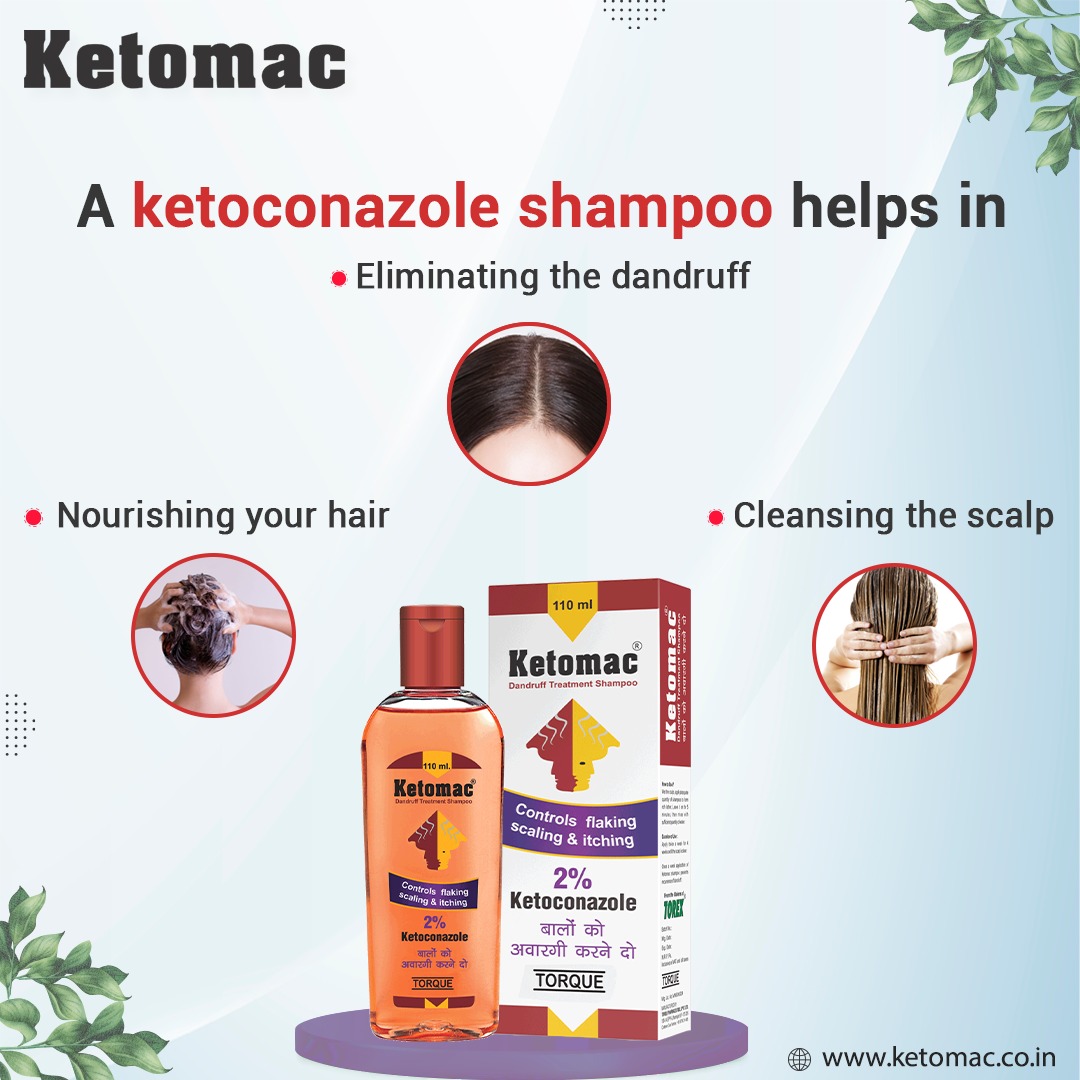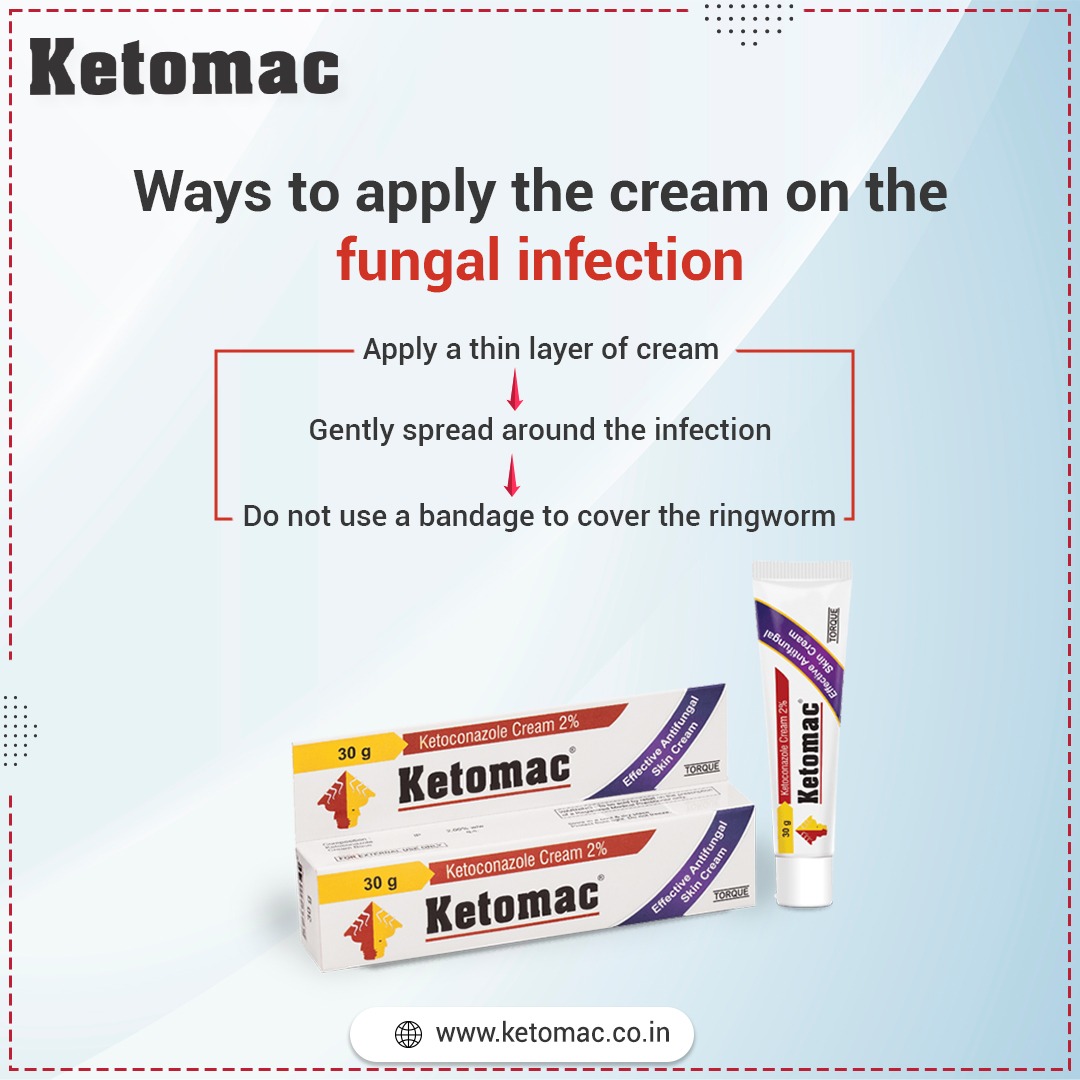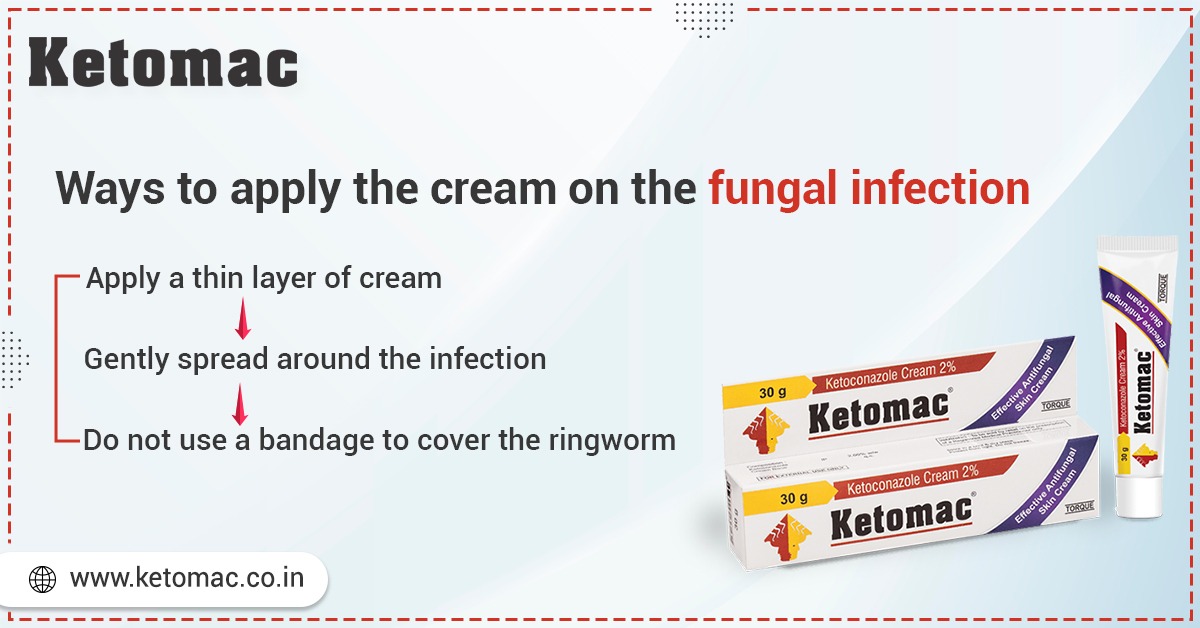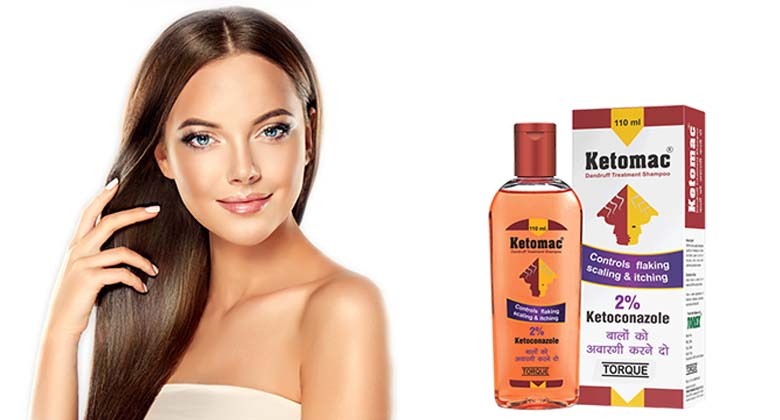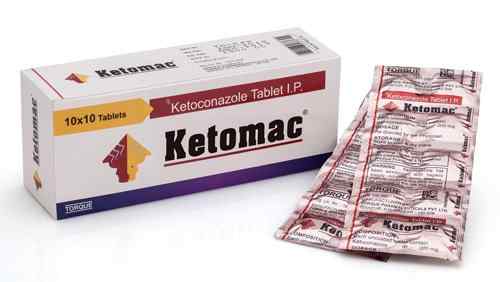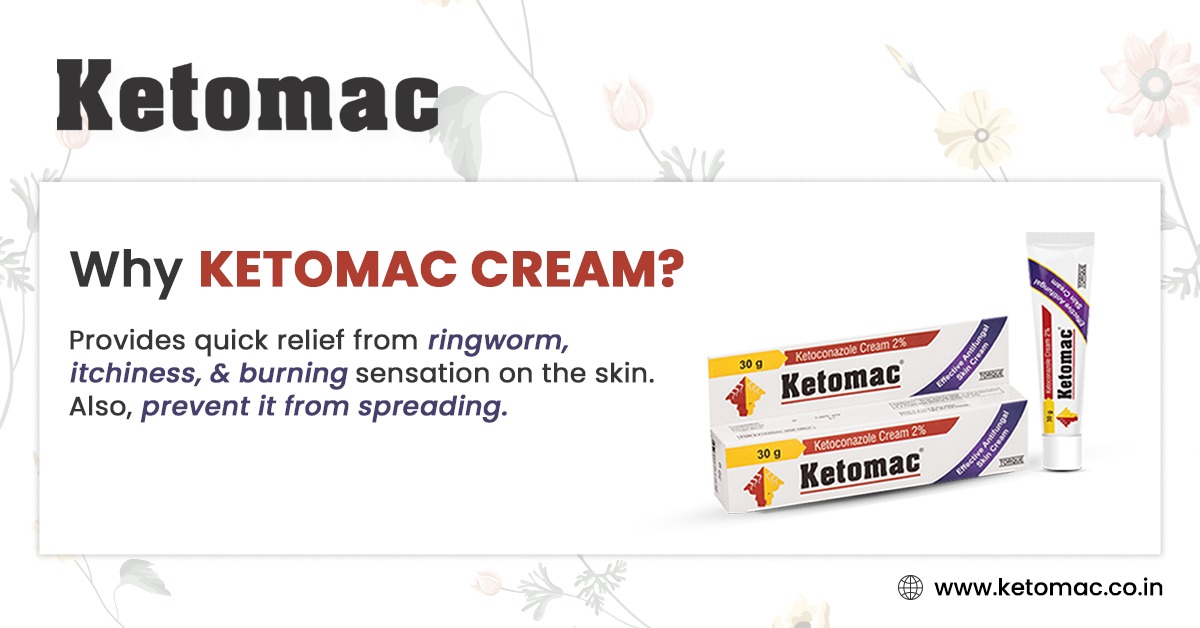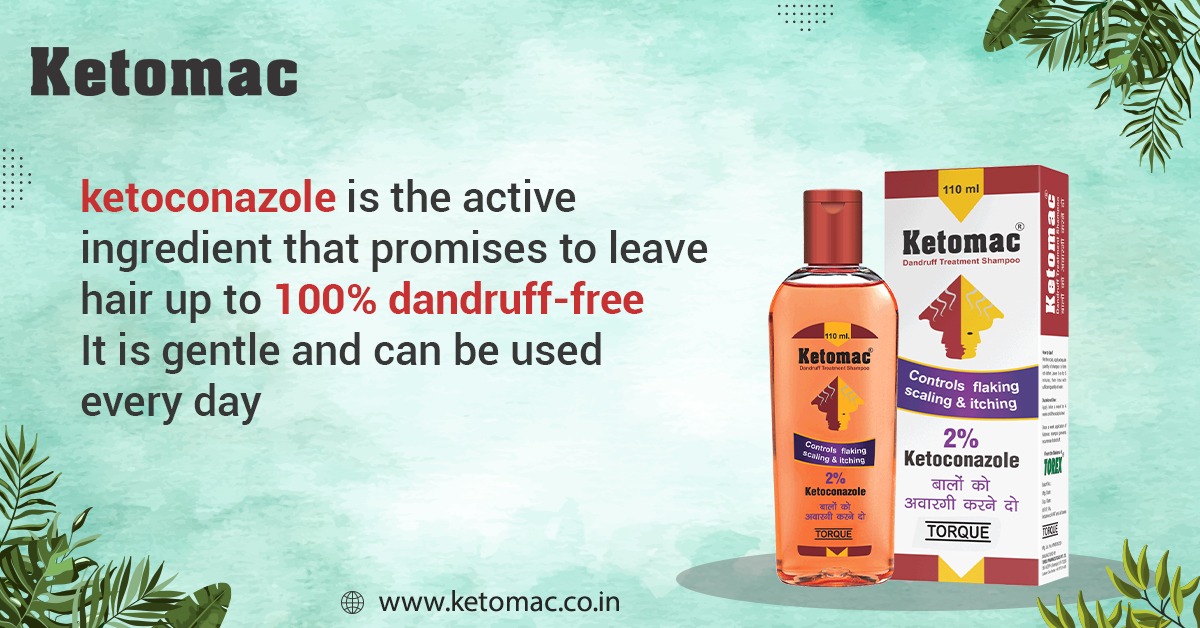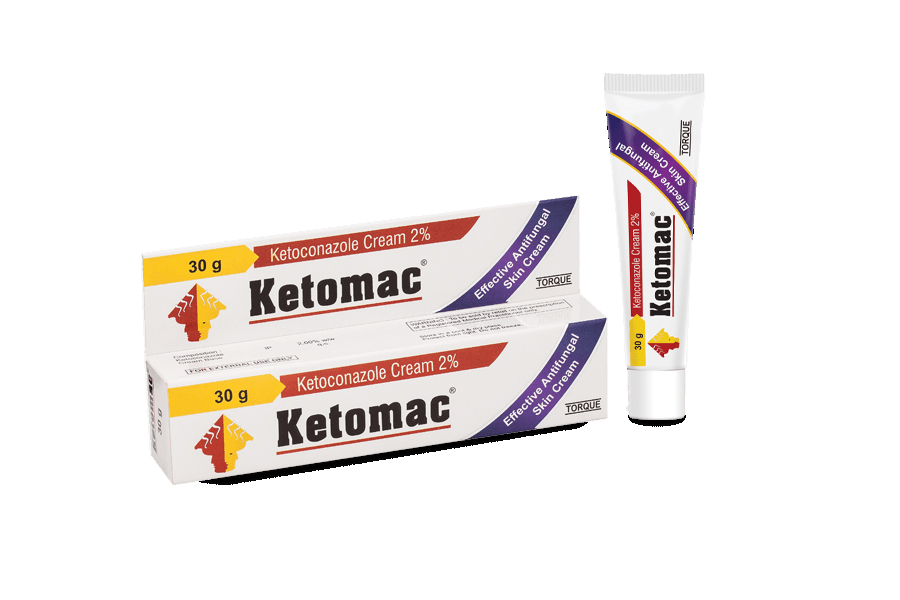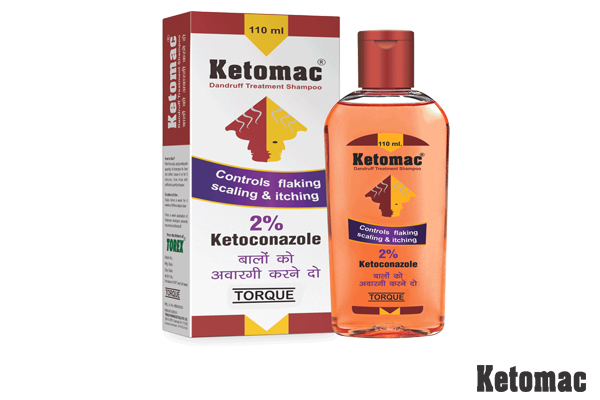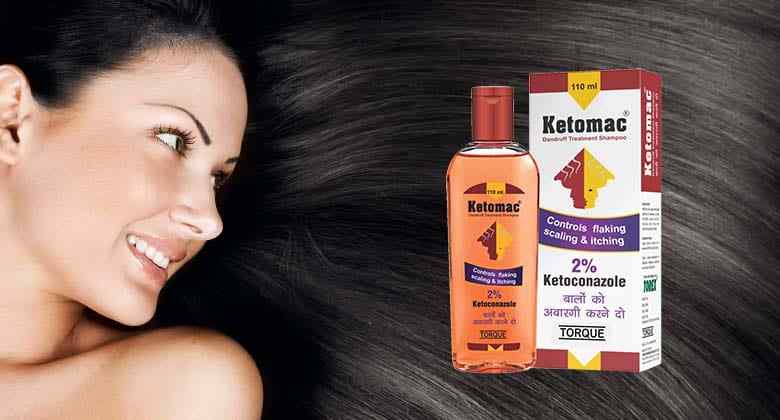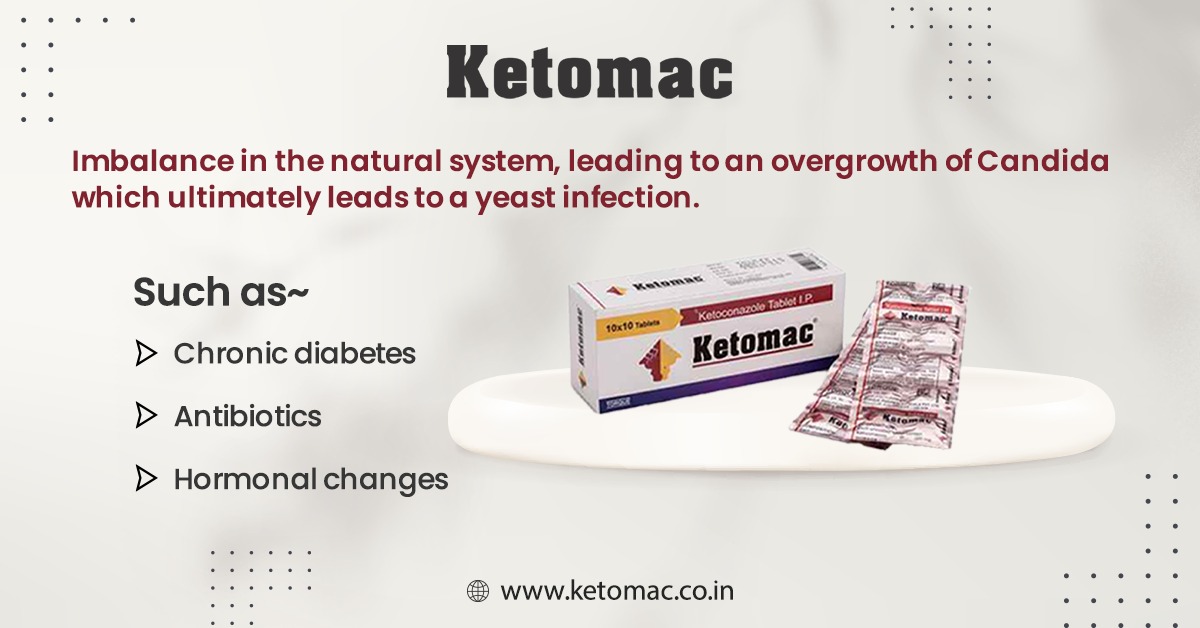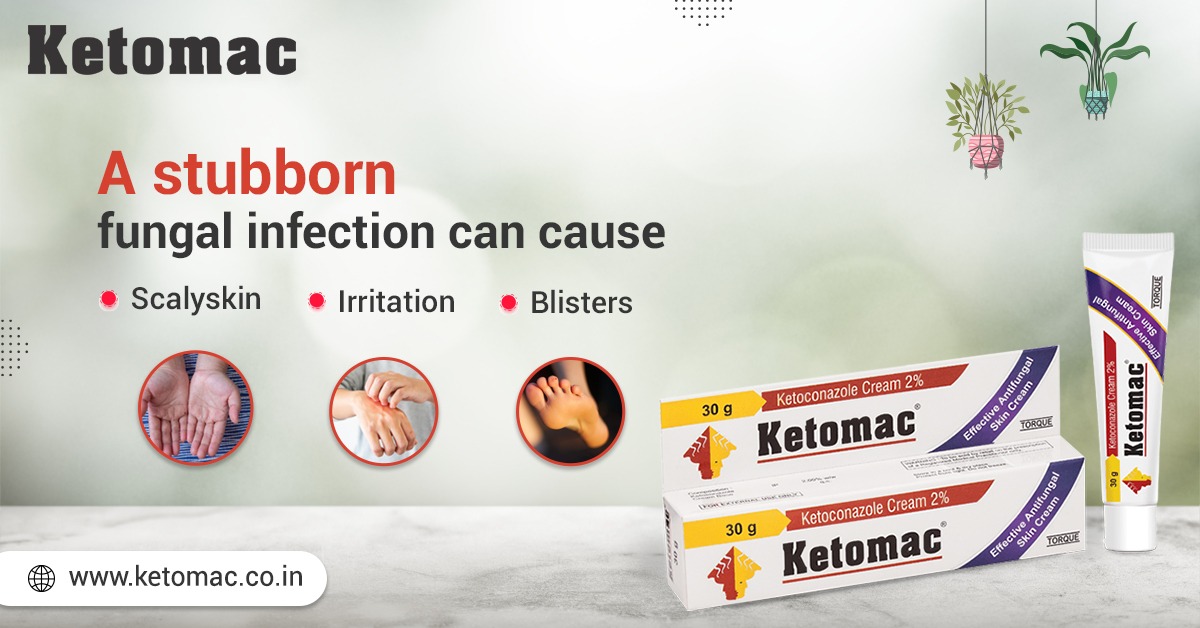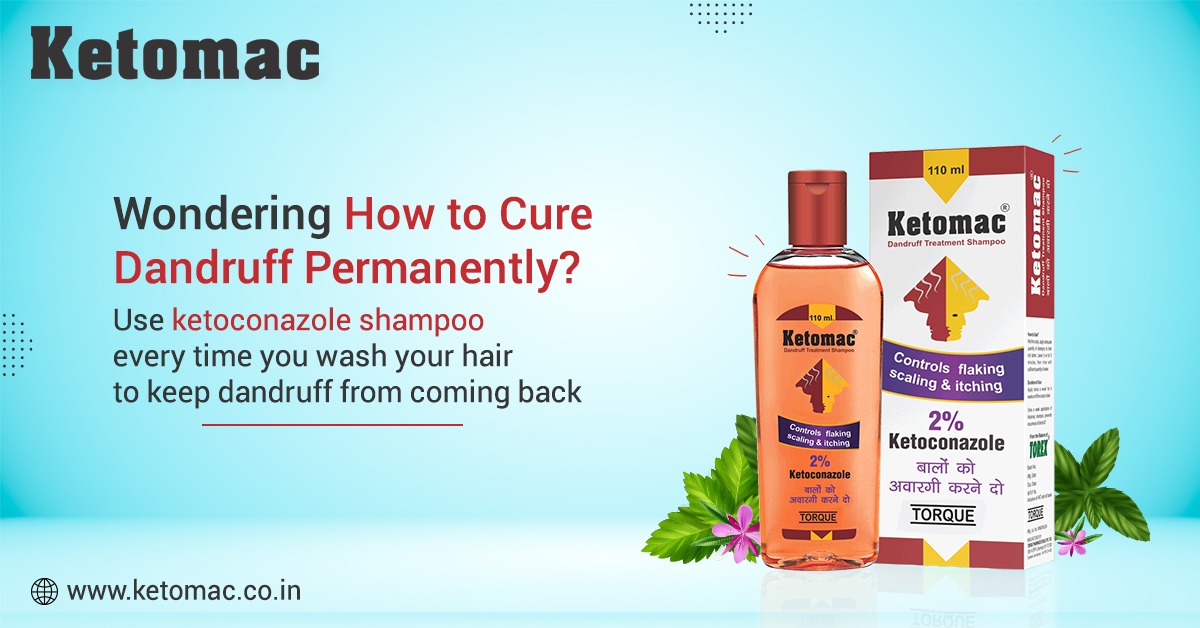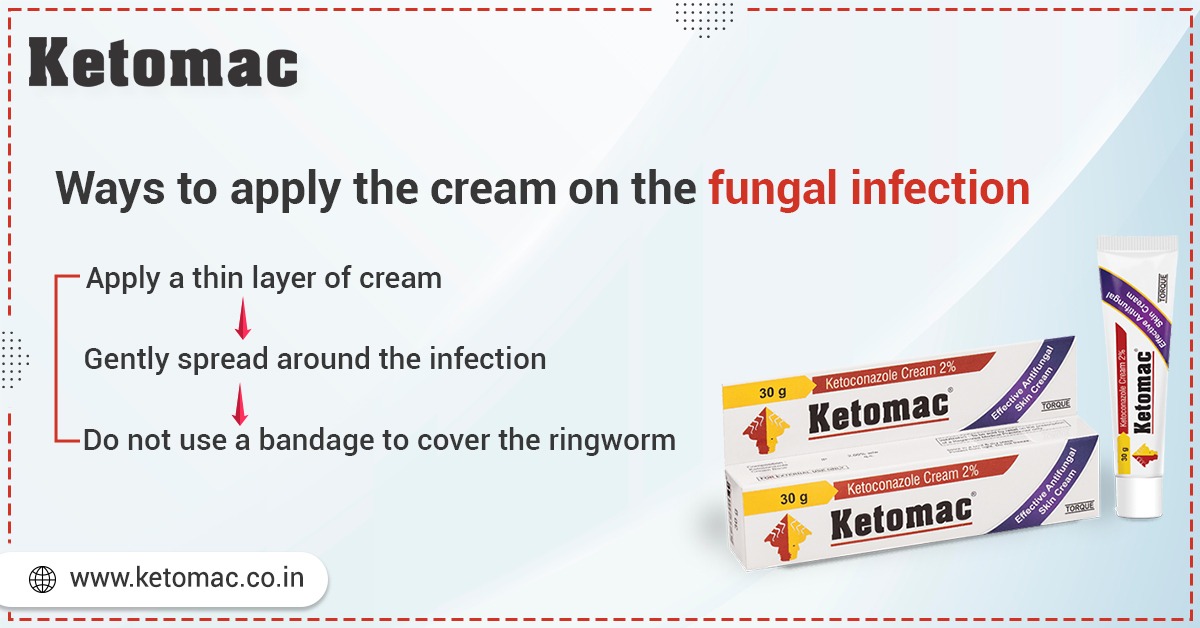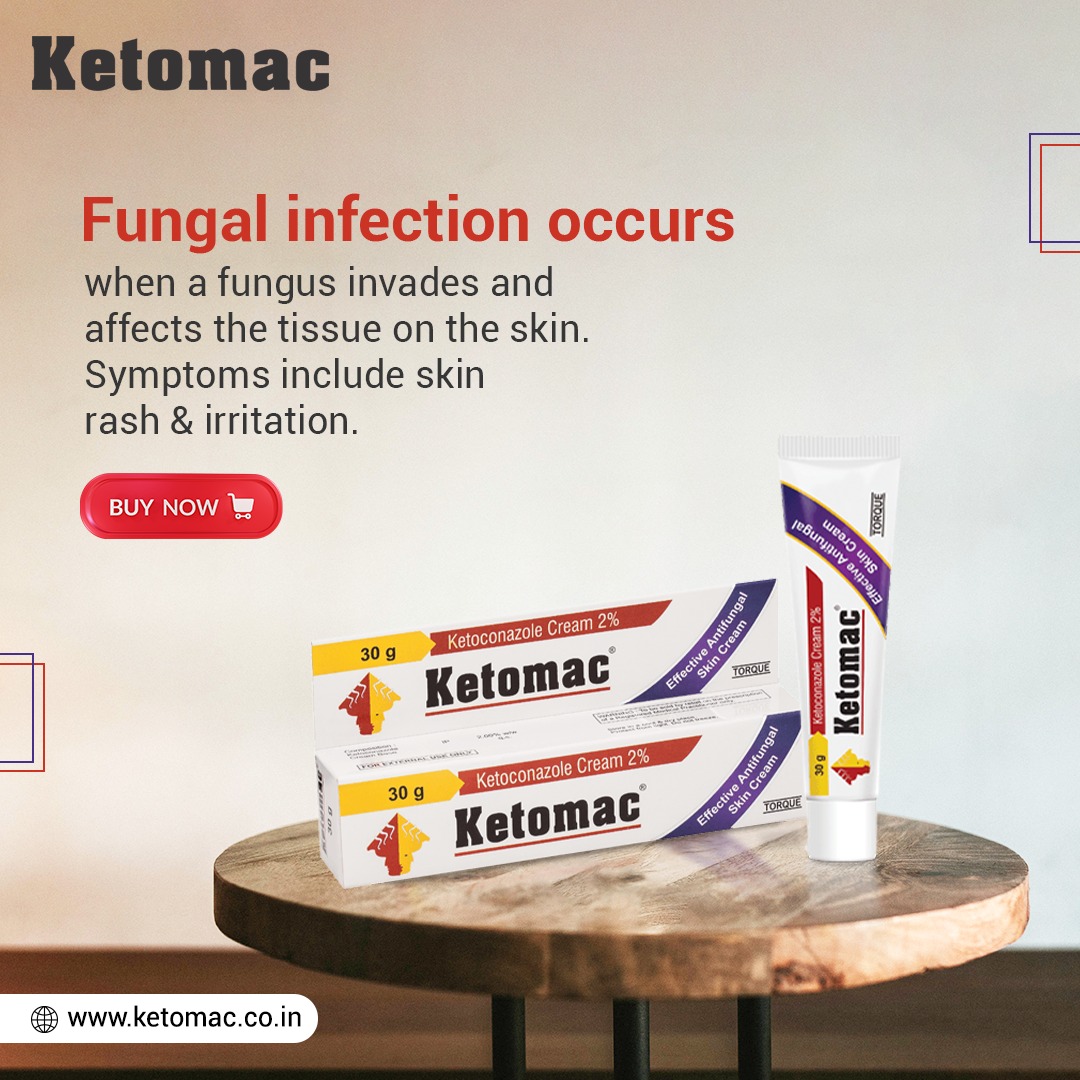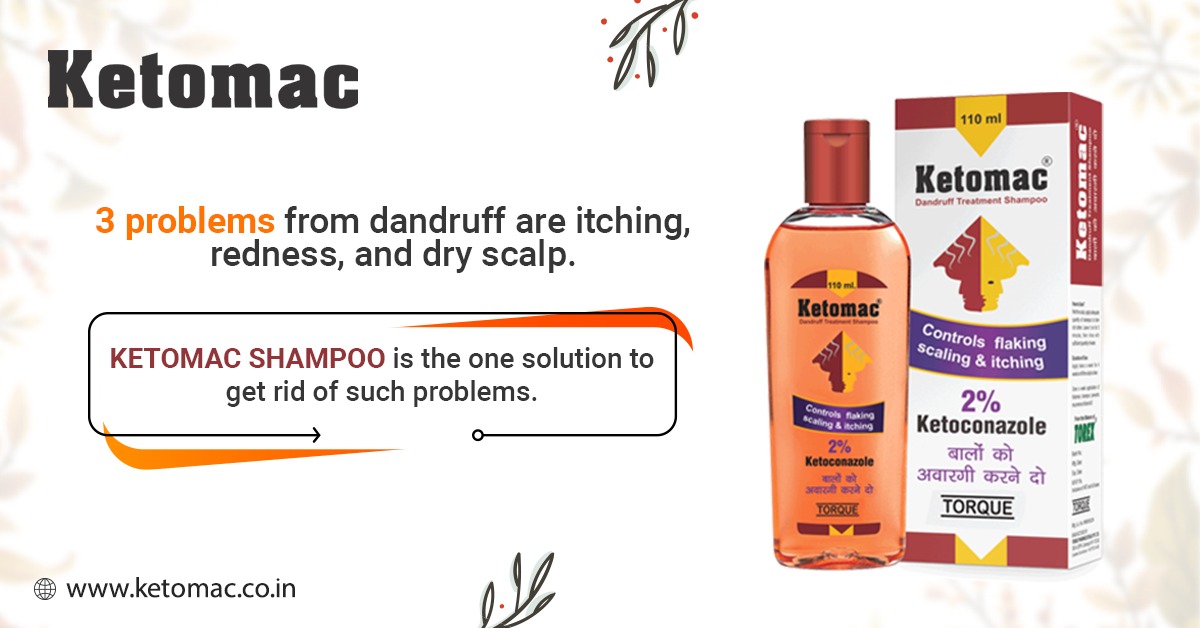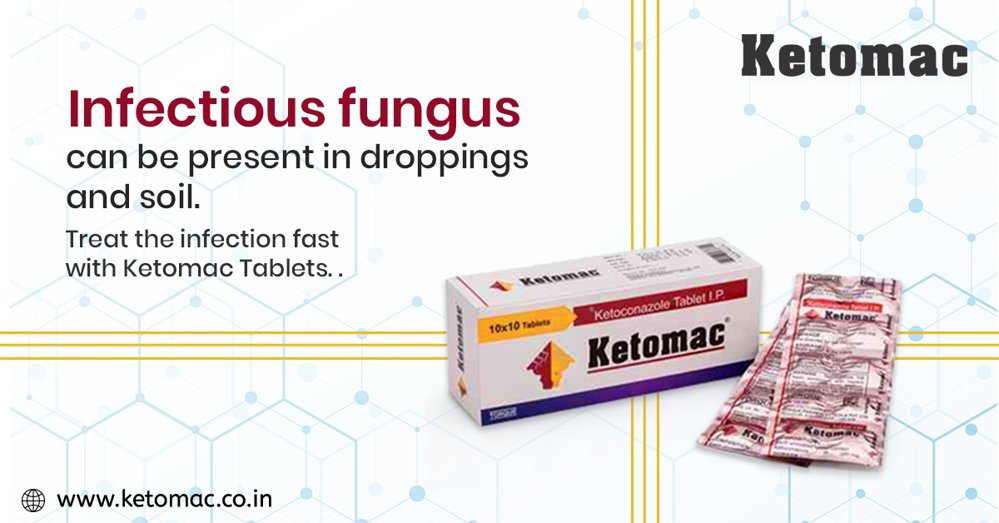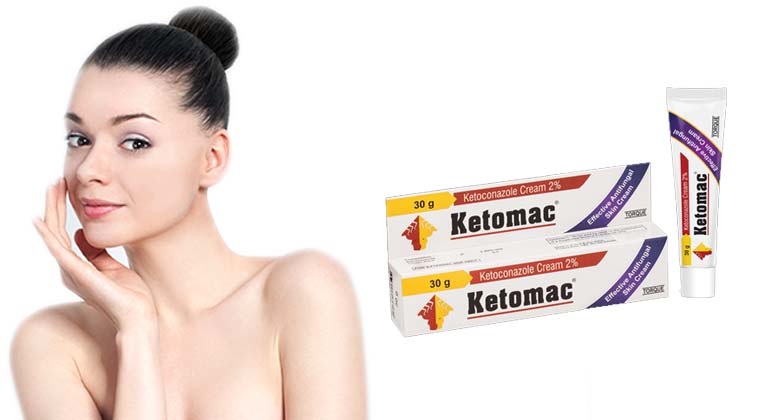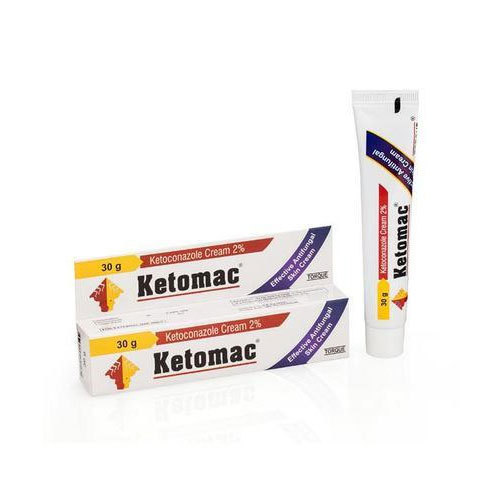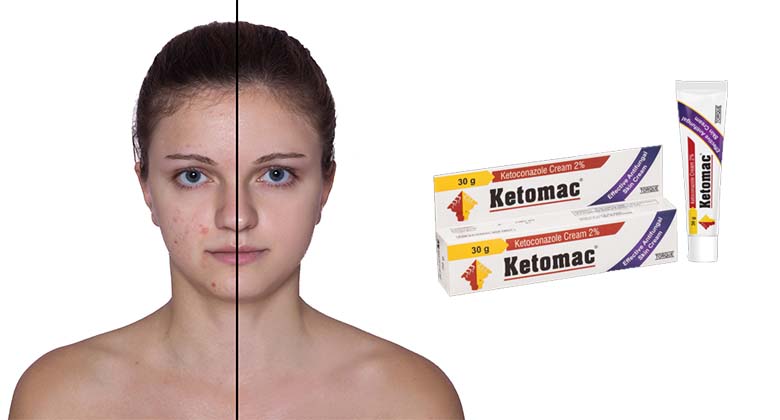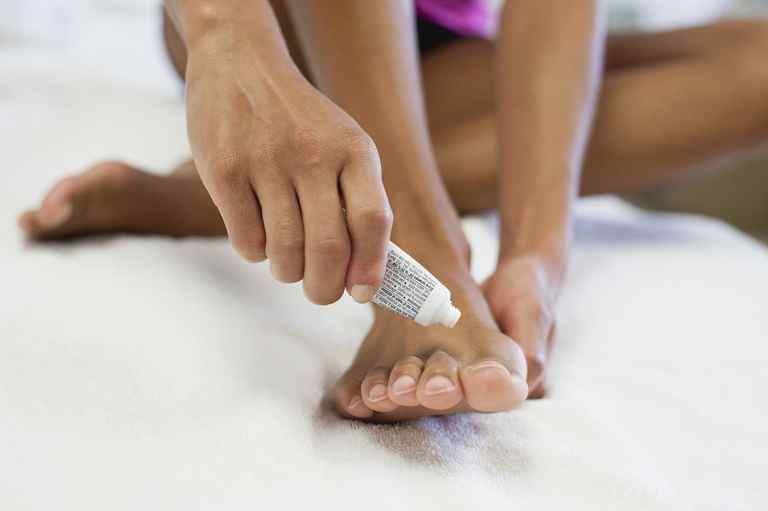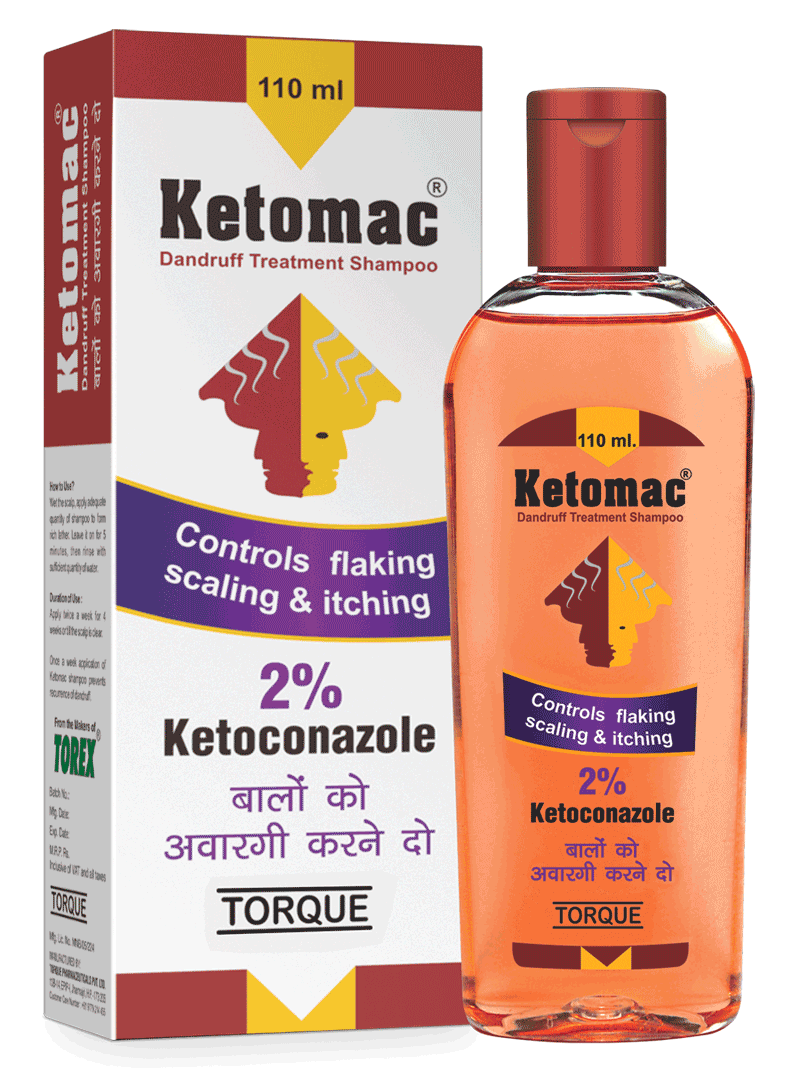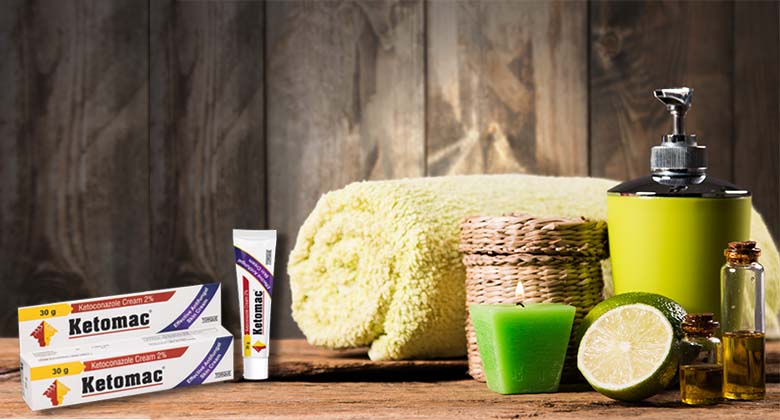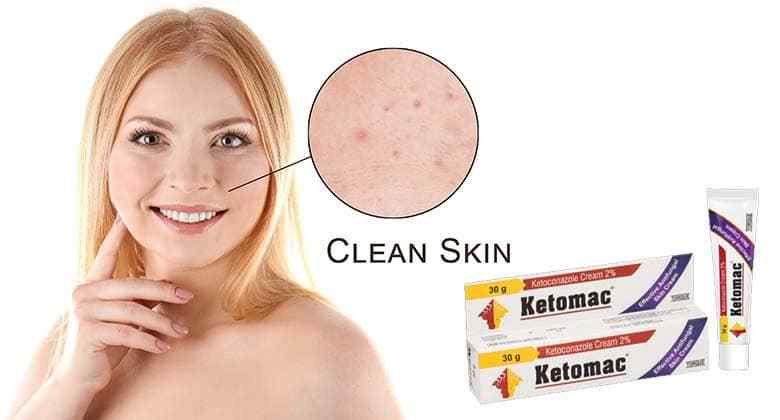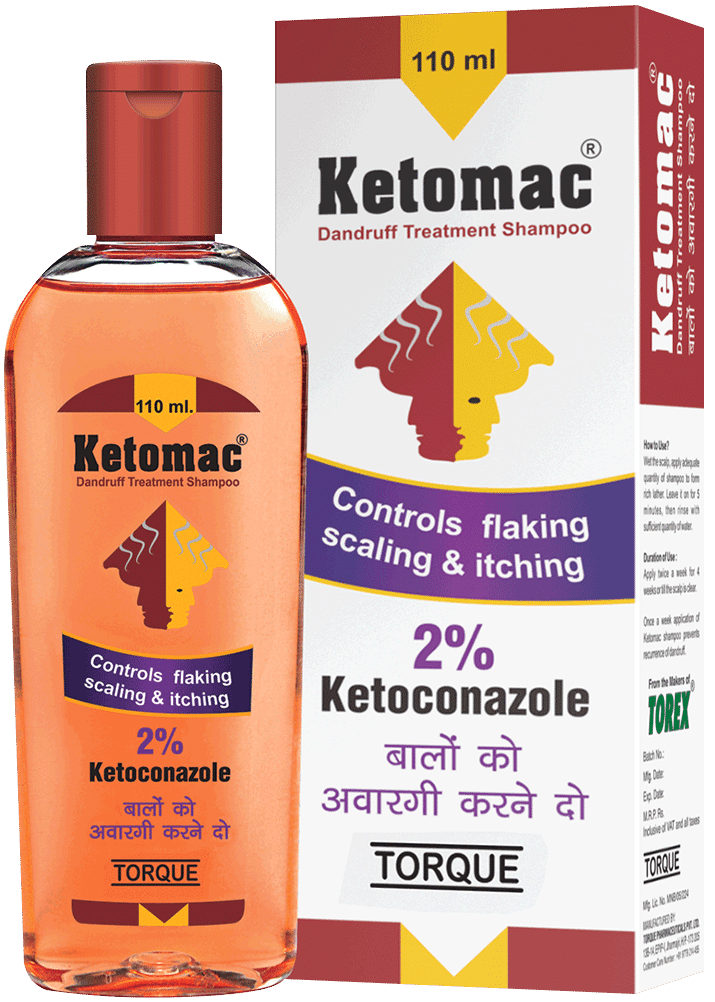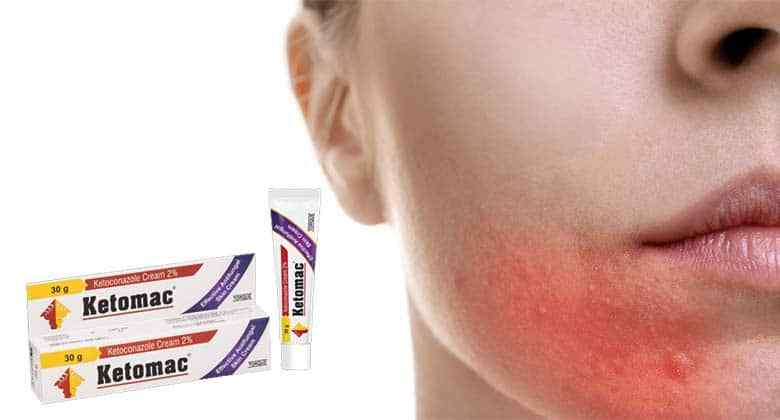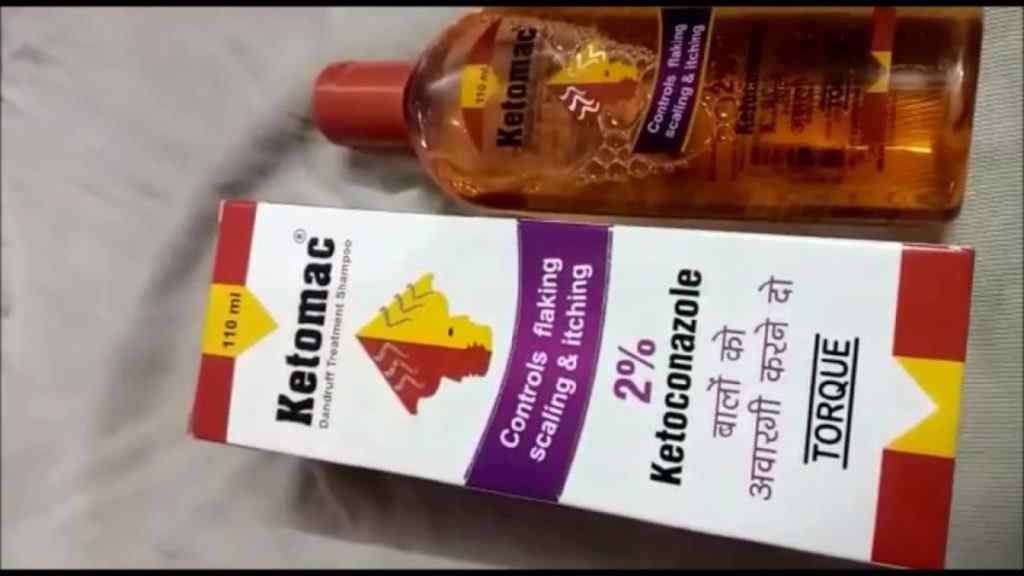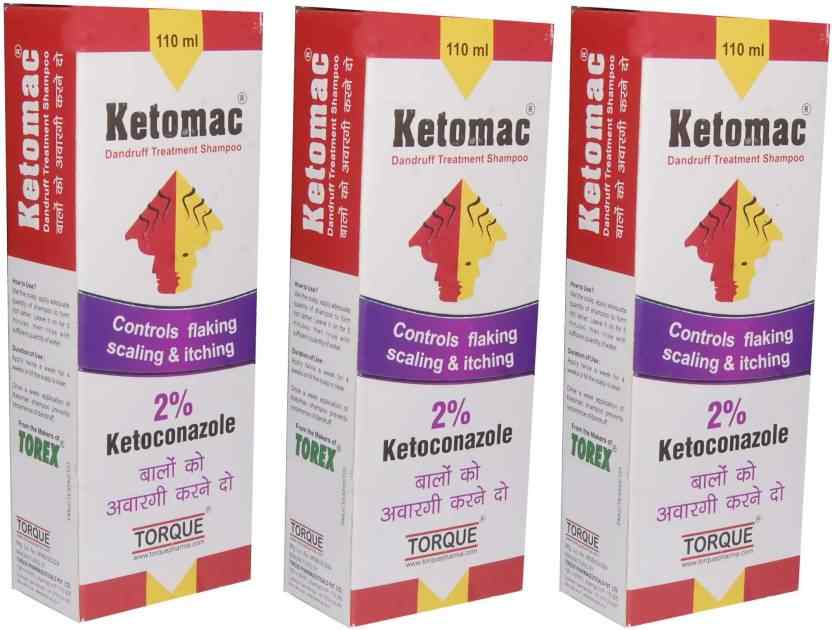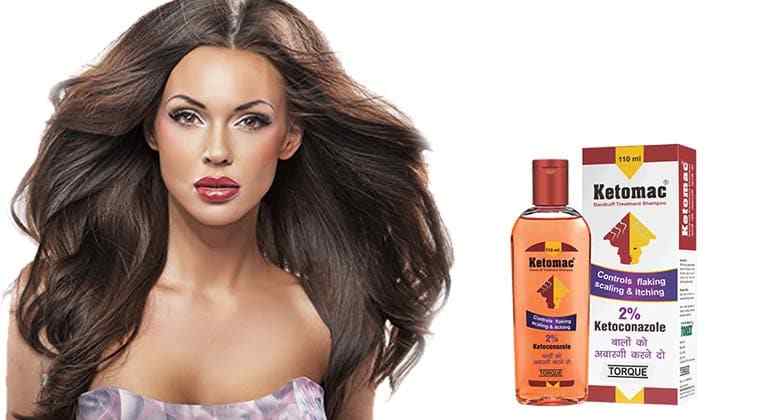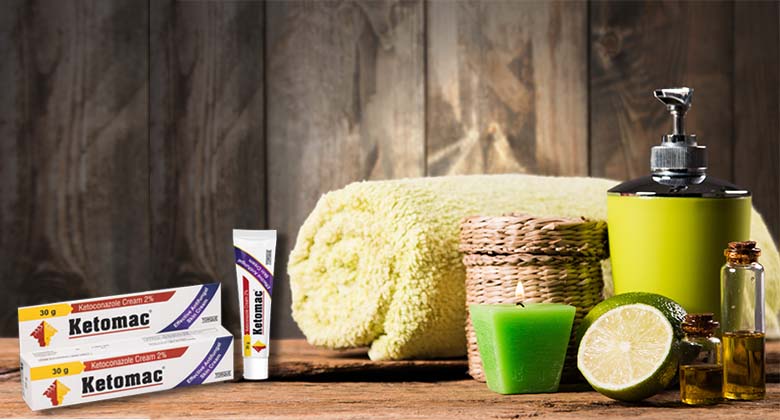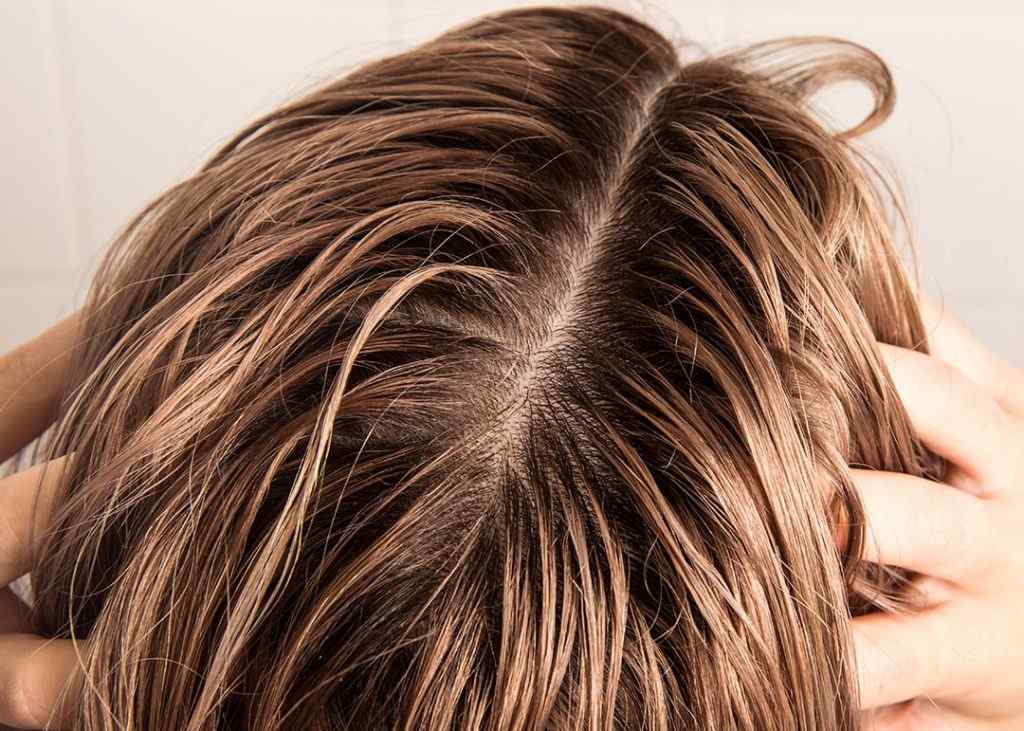We all know that skin forms the largest organ in the body and an essential function that the body needs to do is protect the skin from any infection. In some cases, the skin gets infected on its own. These infections could be caused by a variety of germs that surround us, and the symptoms of each can vary from being mild to even severe in some cases. An important point to mention here is that mild infections can be treated with the help of over-the-counter treatments and medications. In some instances, home remedies for skin infections can also be very effective when talking about mild infections. In case of any other infection, one may need to visit a doctor to understand the situation and treat it well fully.
Different types of skin infections
- Bacterial infections usually start from tiny red bumps on the skin and gradually become big and painful. In some instances, these are mild and can easily be treated by antibacterial creams or with tropical antibiotics. If they are severe and these tropical antibiotics are not working, one should consider taking oral antibiotics to treat them. These are further divided into four types.
- Boils
- Leprosy
- cellulitis
- impetigo
- Viral infections: When a virus attacks the skin, it could lead to viral infections. Once again, these could either be mild, or they could be severe. The different types of viral are:
- warts
- measles
- mouth, hand, and foot disease
- chickenpox
- herpes
- Fungal infections: Most commonly developed in the dampest areas of the body, just like your armpit or feet, this type of infection is caused due to the presence of fungus. Fungal infections, in most cases, are not contagious and life-threatening and can be treated well by some of the best antifungal creams for the skin. Types of fungal infections include:
- diaper rash in kids and adults
- yeast infection
- nail fungus
- ringworm
- athletes foot
- oral thrush
- Parasitic skin infection: Infections that are caused due to the presence of parasites. They are considered pretty seriously as they can quickly spread to the bloodstream and further to the organs. Even though they may not be life-threatening, they indeed are very uncomfortable. Different types of these are:
- lice
- scabies
- bedbugs
Symptoms you should not ignore.
Depending upon the type of infection one has, the symptoms would vary. It would start with redness on a particular skin area and even a rash in most cases. Other symptoms could be itching, tenderness, and even pain. One should take care in case the severity of the infection does not reduce with time, or you see that pus-filled blisters have been formed; you should visit a doctor immediately. An important thing with skin infections left unattended is that they could get worse and spread via your bloodstream to other body organs. In case a situation like this occurs, it becomes life-threatening. Therefore, sure signs that you need to watch out for are:
- pus
- blisters
- skin breakdown
- dark appearing skin or discoloured skin that is extremely painful
Causes of these skin infections
Just like skin infection symptoms are different for all types, so are the causes. Let’s go through each of them in brief:
- Bacterial skin infection: This type of infection occurs when the bacteria enter the body and get inside the skin, this is most likely due to a cut or a scratch. Now, every time you get a cut or scratch, it would not mean that you would have an infection, but yes, it increases the chances of the immune system to test by weakening it.
- Viral skin infection: These usually belong to 3 broad groups of viruses: human papillomavirus, poxvirus, and herpes virus.
- Fungal infection: your lifestyle and body chemistry increase the risk of fungal infections. They often develop in warm and moist places, and wearing sweaty clothes for a long time could put you to risk.
- Parasitic infection: Organisms and tiny insects, when laying eggs under an individual’s skin, lead to an infection of this type.
Treatment
Now the treatment of the infection is based on the severity. Different options can be chosen, and you could buy some over the counter creams and sprays, pop up an antibiotic or treat it via skin fungal infection treatment home remedies. A topical antibiotic works just fine in getting rid of these in most cases. Still, you need to visit a doctor and even take oral antibiotic courses. Ketomac cream is another option that works great in getting rid of most infections. Made with primary ketoconazole that kills the bacteria by getting in its membranes and forming holes in them, and further leaking out all the fungi, this is an excellent cream that one should try out. This tropical antifungal cream can treat both yeast and fungal infections without any side effects.
Home Remedies for Skin Infection
Some home remedies that have been used for a while now and worked well are:
- Turmeric: Known as an antibacterial herb, this is great for treatment. One could consume it or even apply a paste made with turmeric to the affected area.
- Apple cider vinegar: the itchiness and dryness caused by most infections can be significantly taken care of by apple cider vinegar.
- Neem Leaf Extract: Considered a natural detoxifier and antifungal for several years now, this tiny little plant extract could get you rid of some of the most severe cases of infections also.
- Coconut Oil: Loaded with fatty acids, which break the cell membranes of the fungus, coconut oil is excellent for mild to moderate cases of infection. Some of the others are tea tree oil, oregano oil, and garlic.



